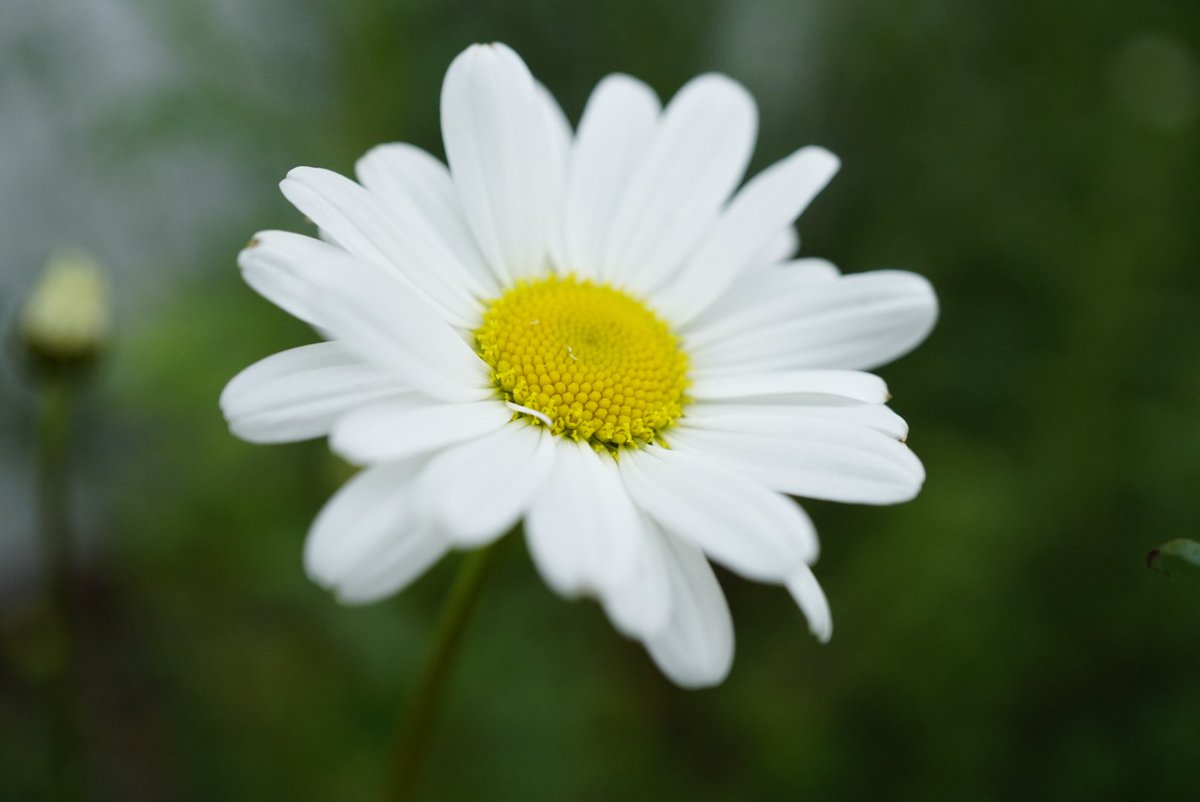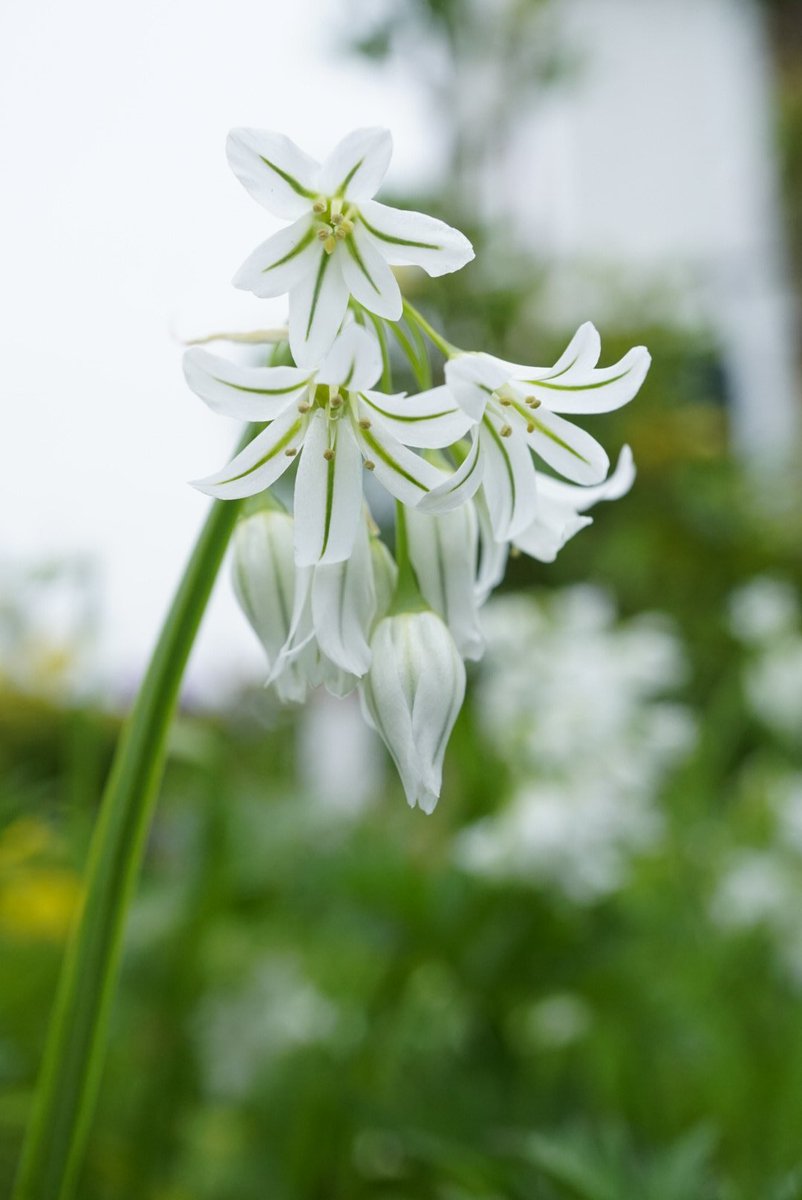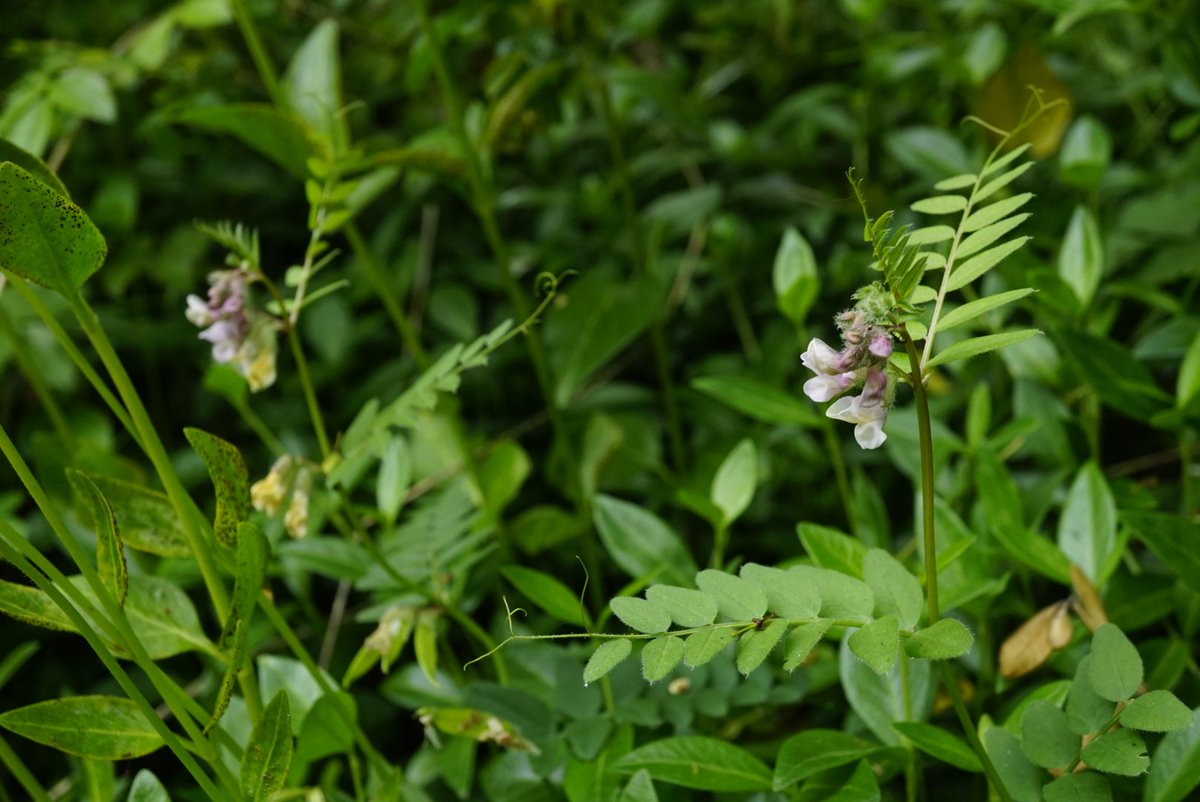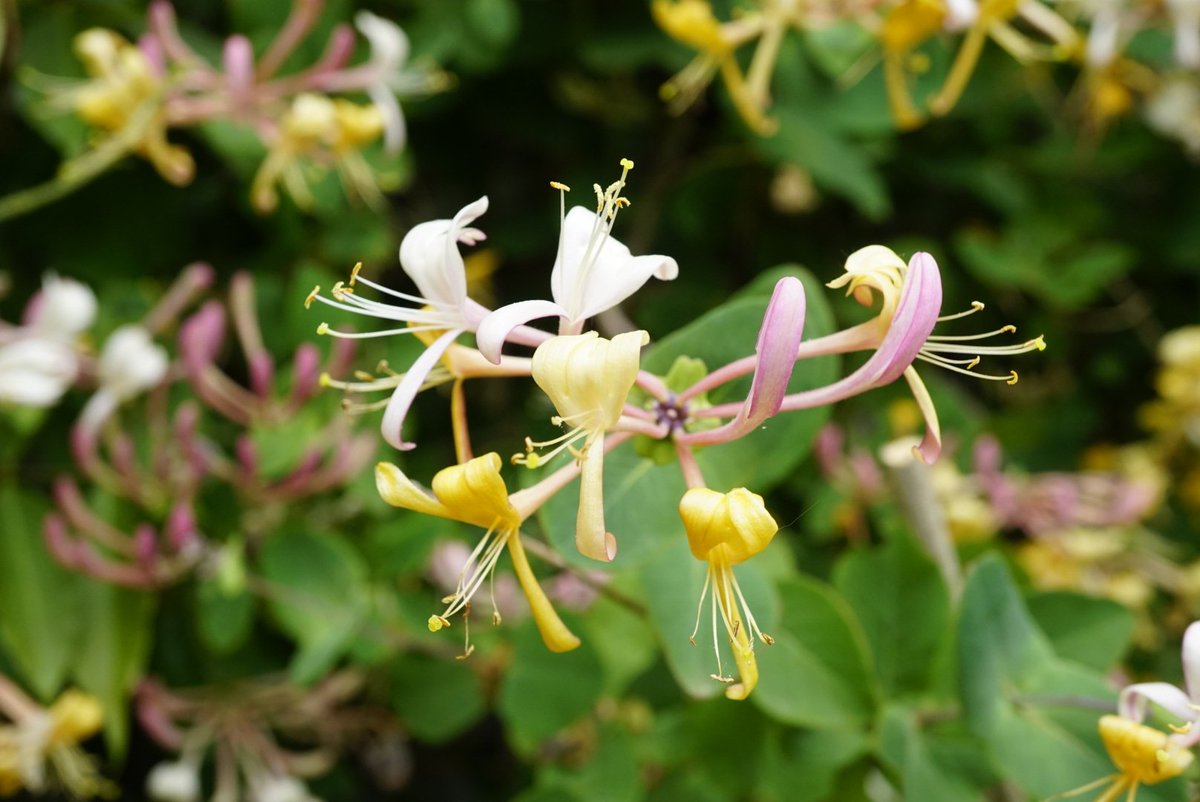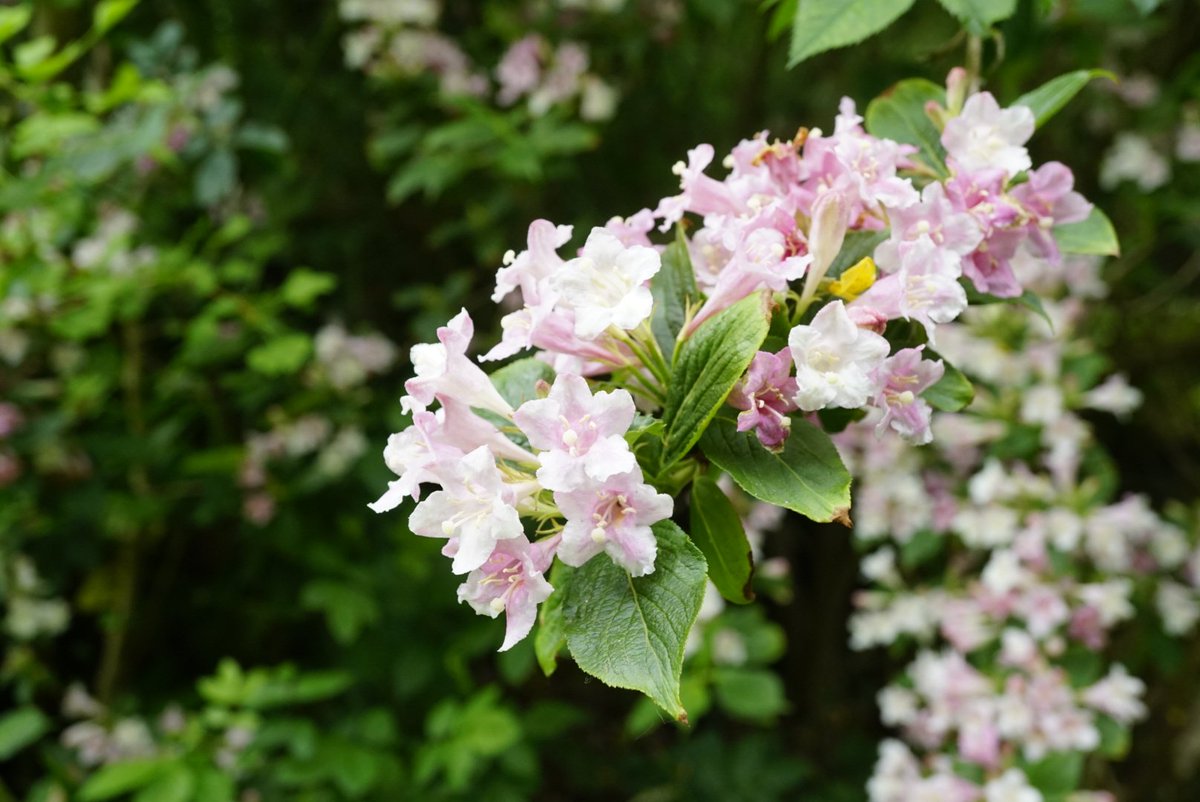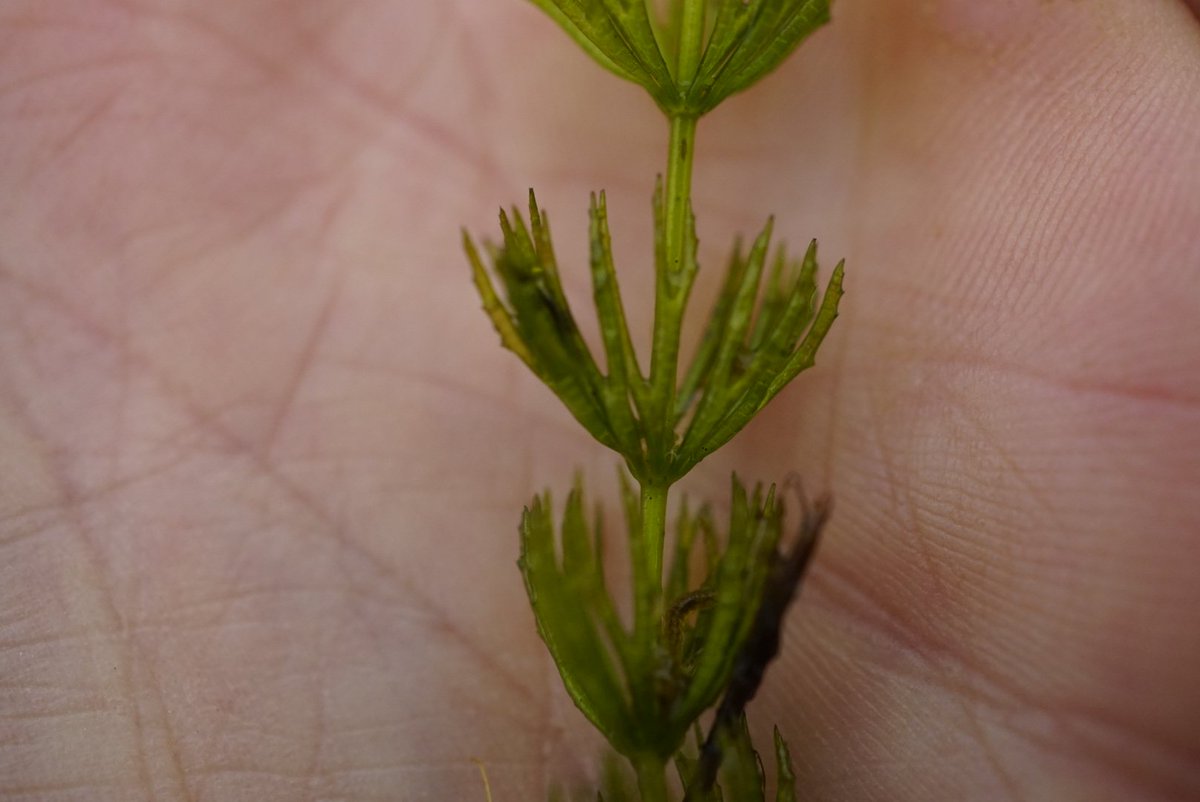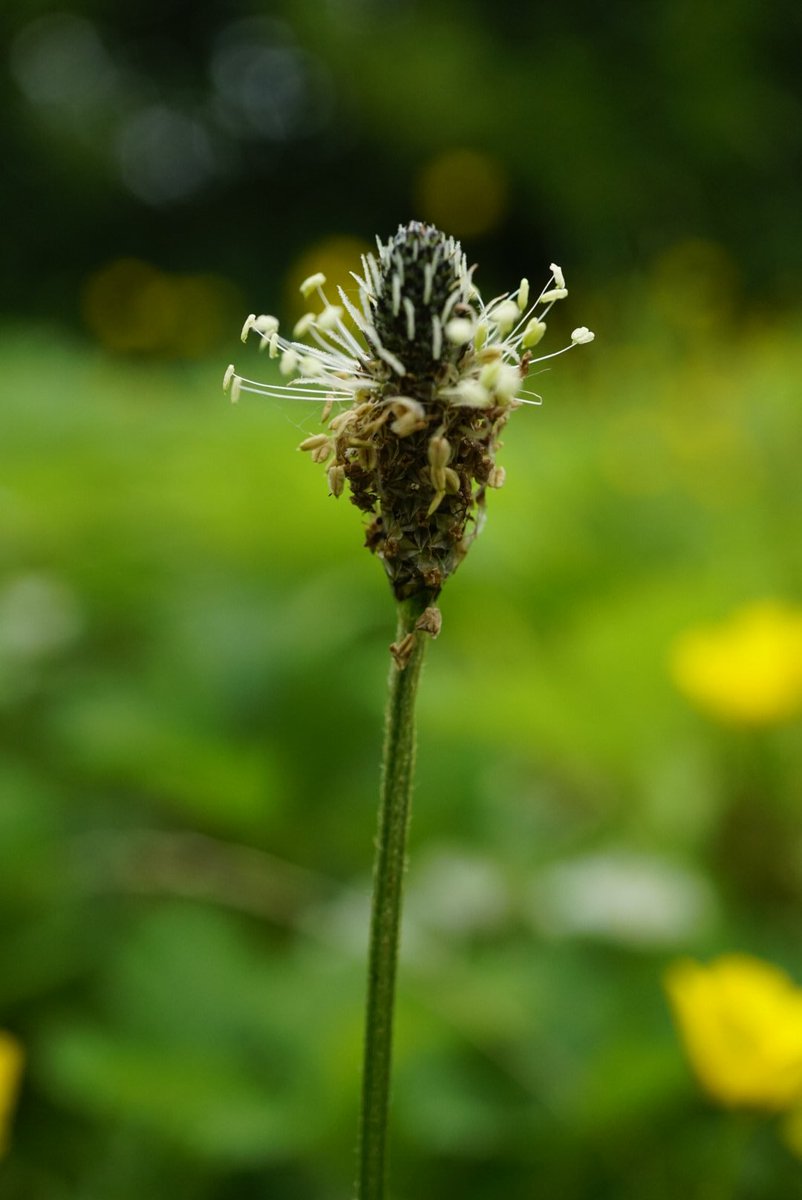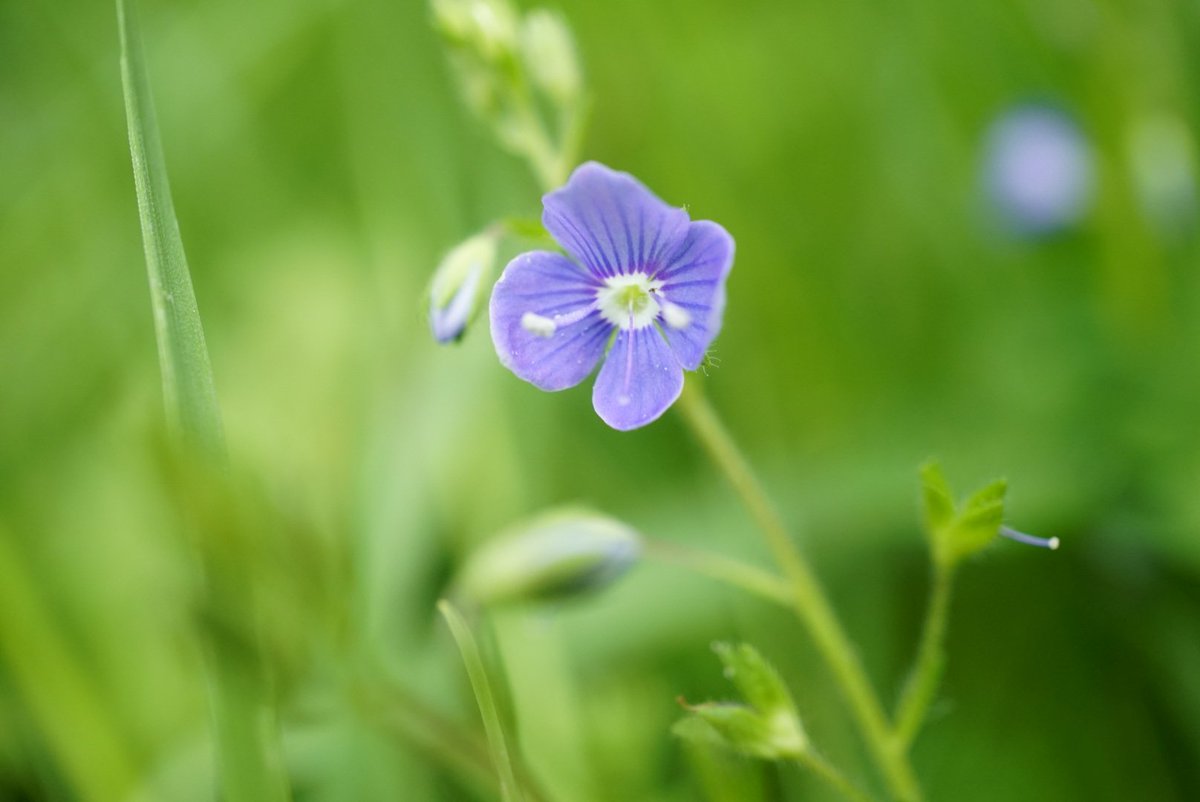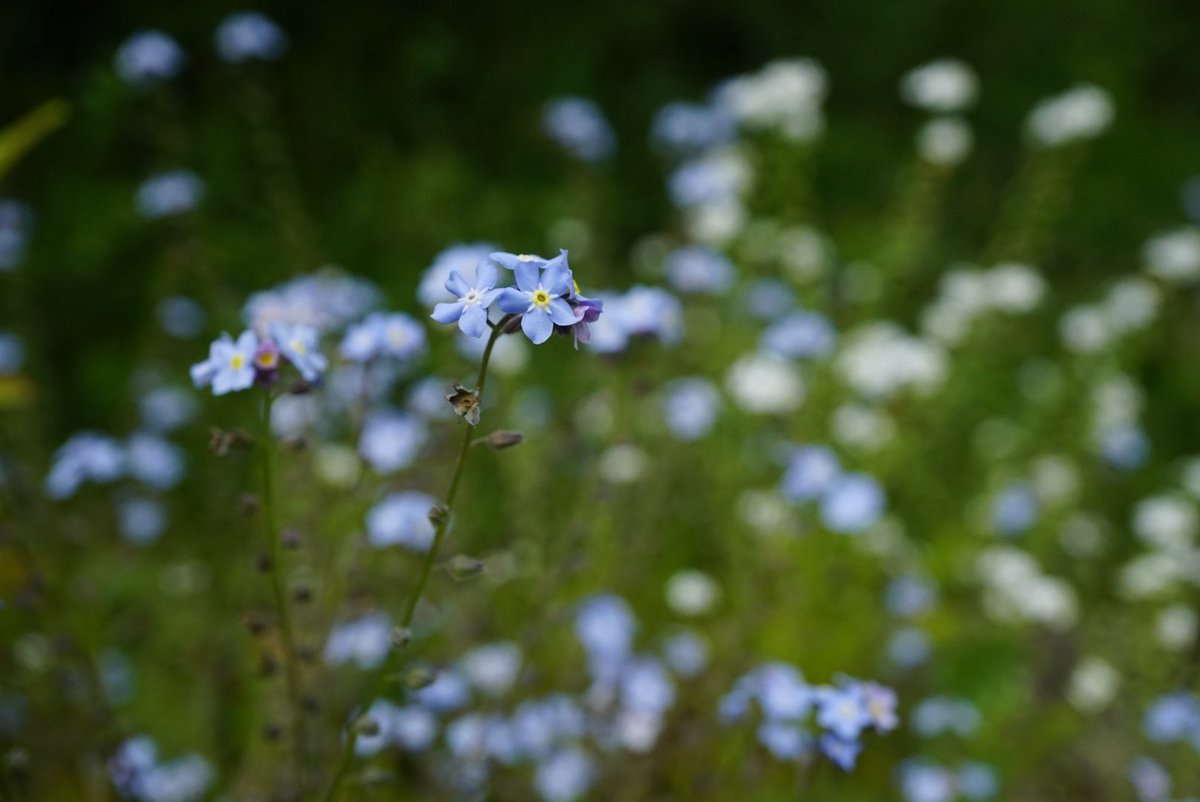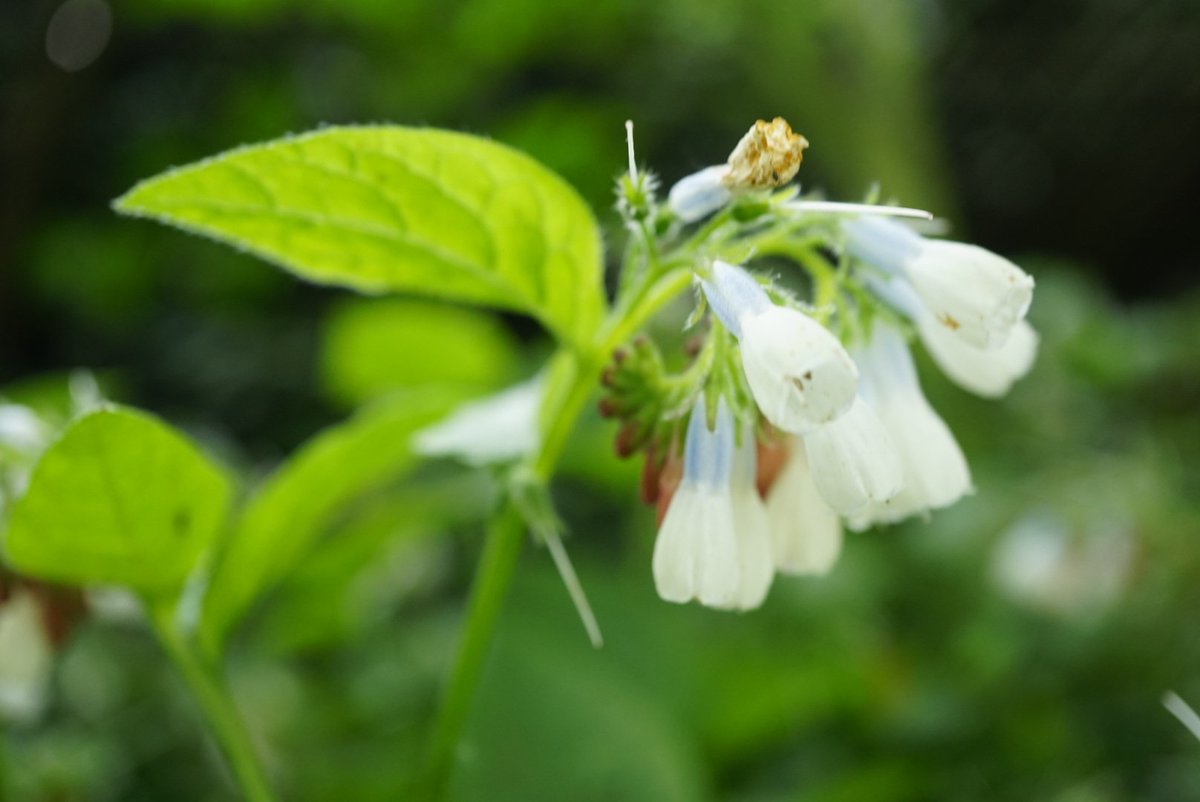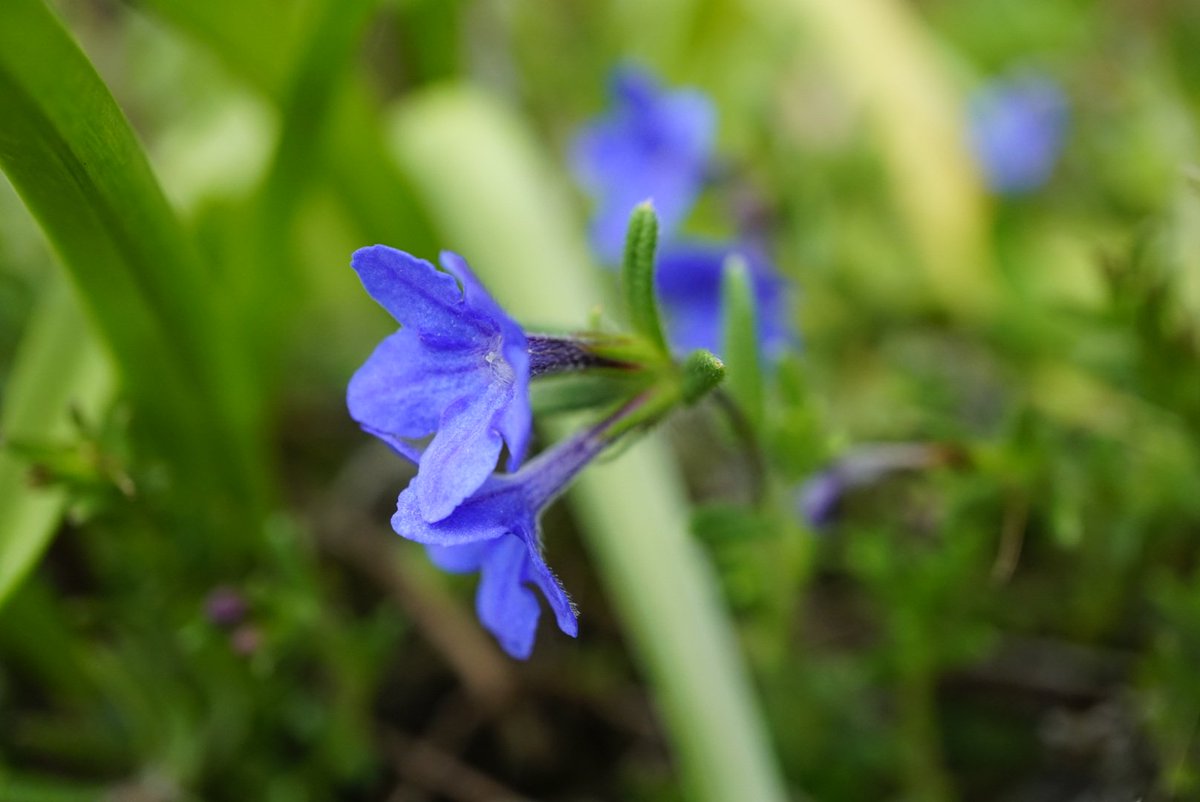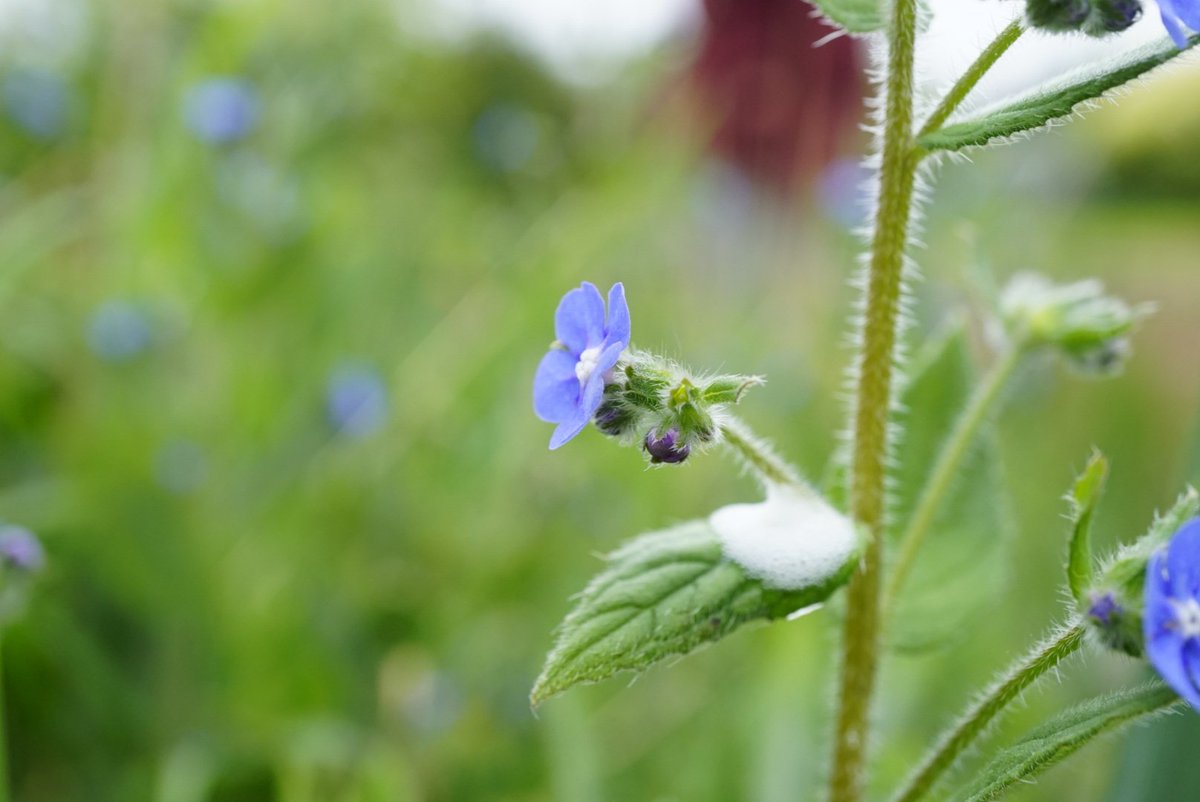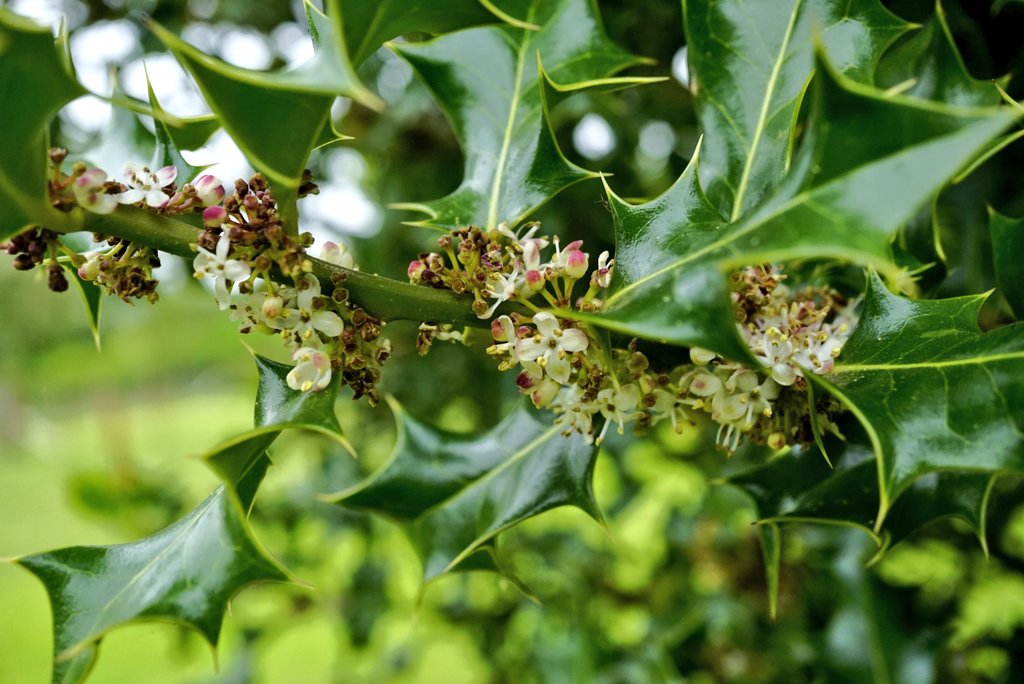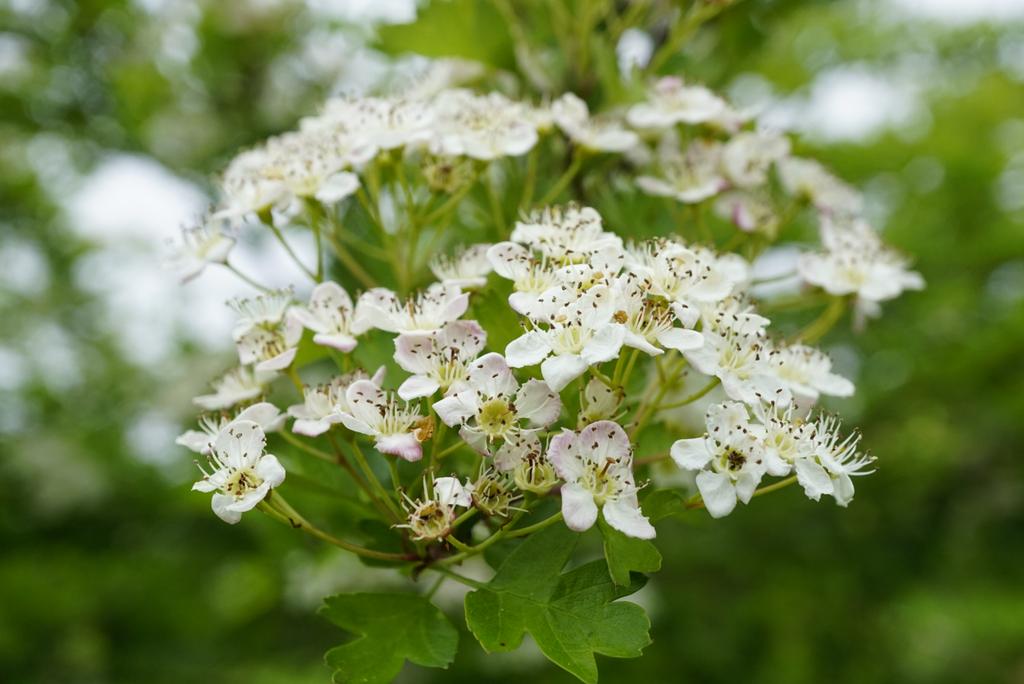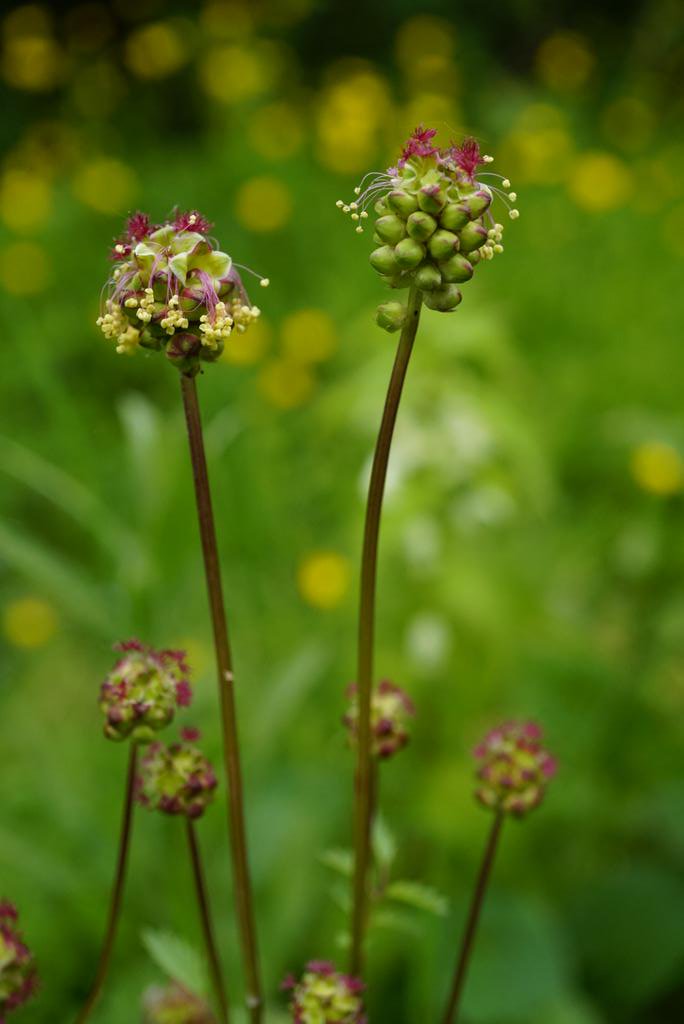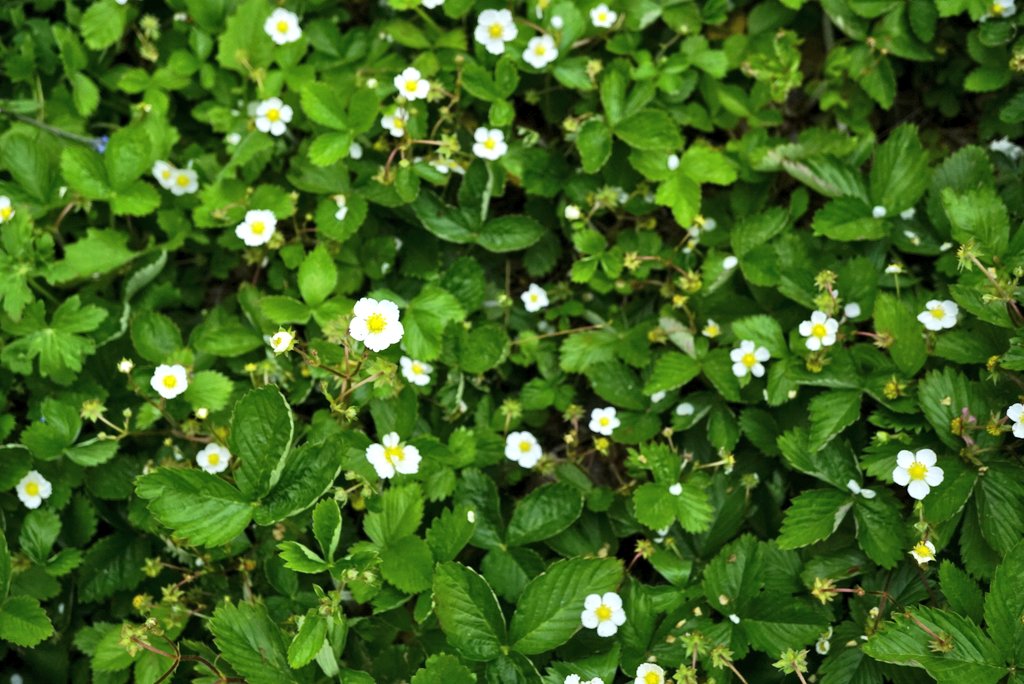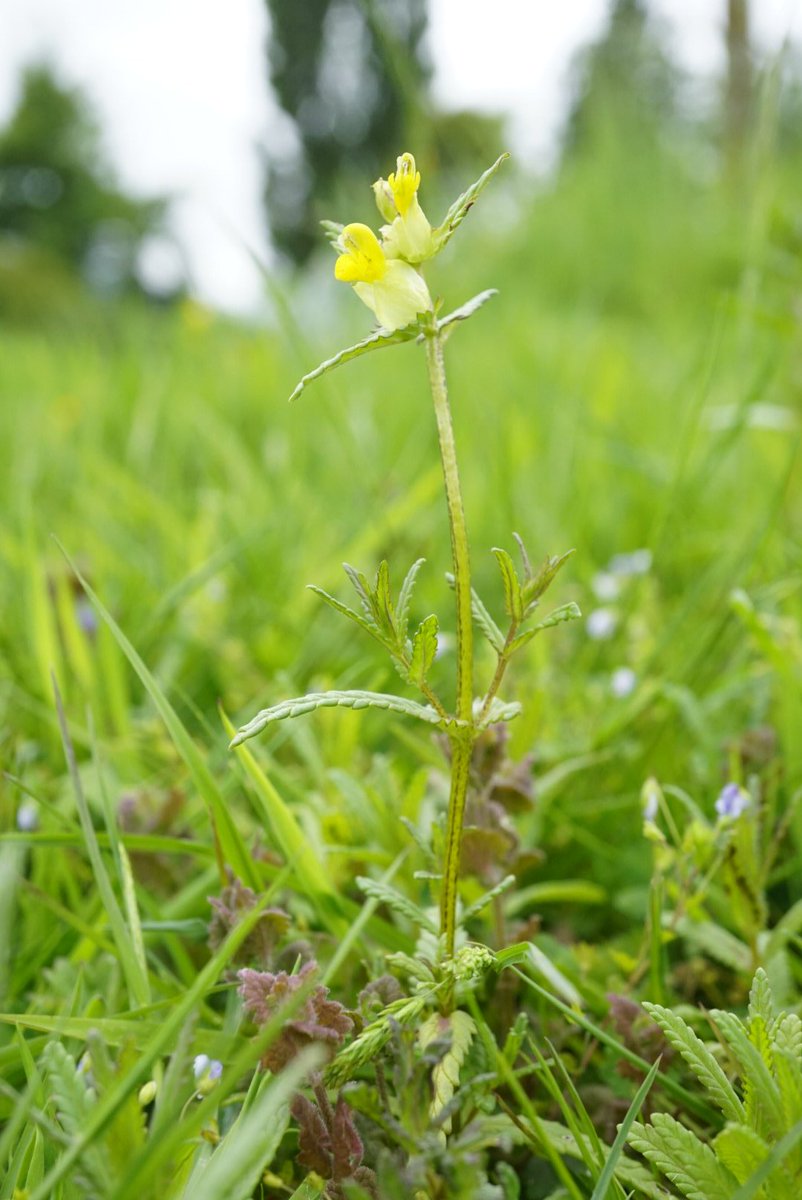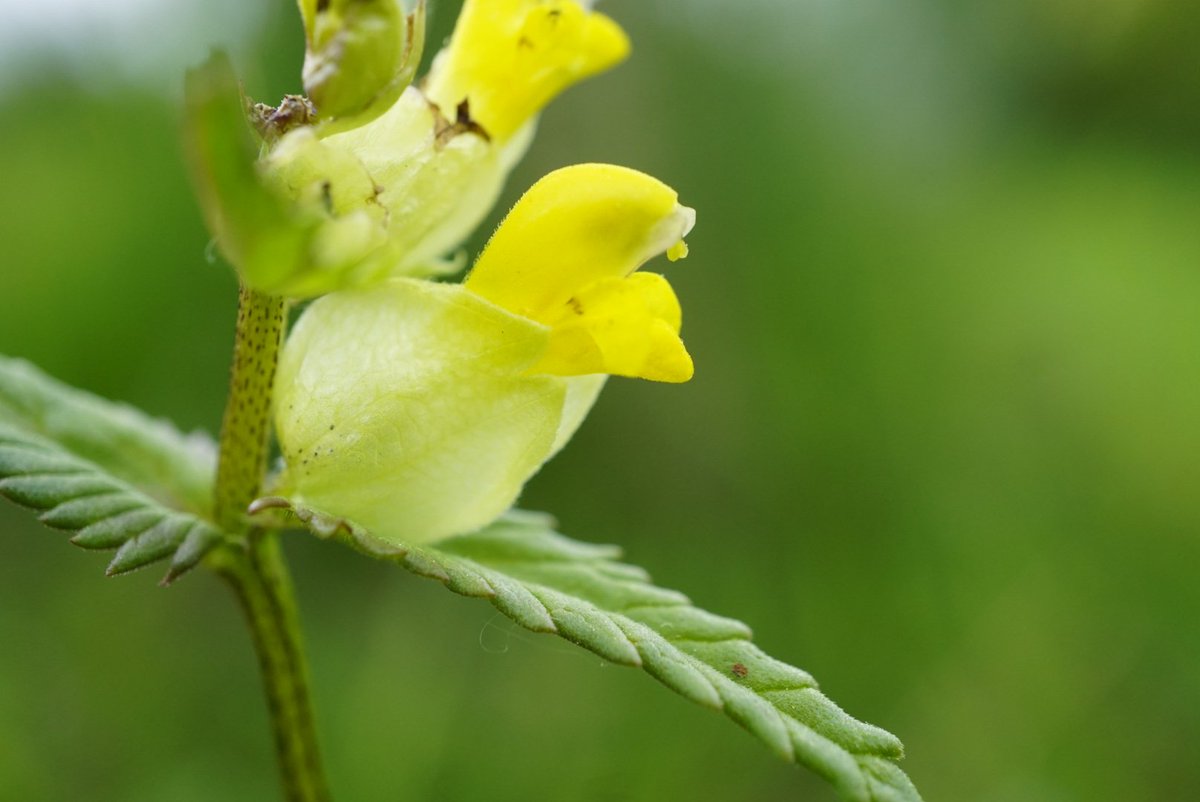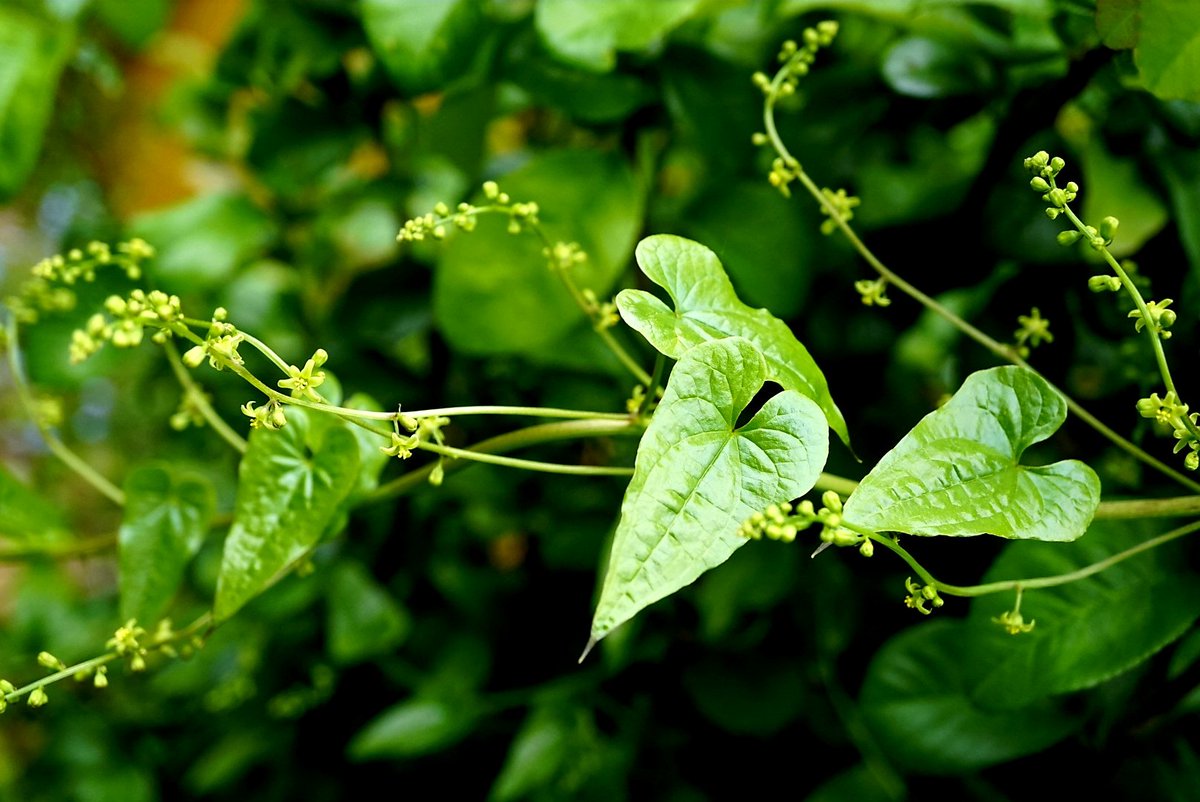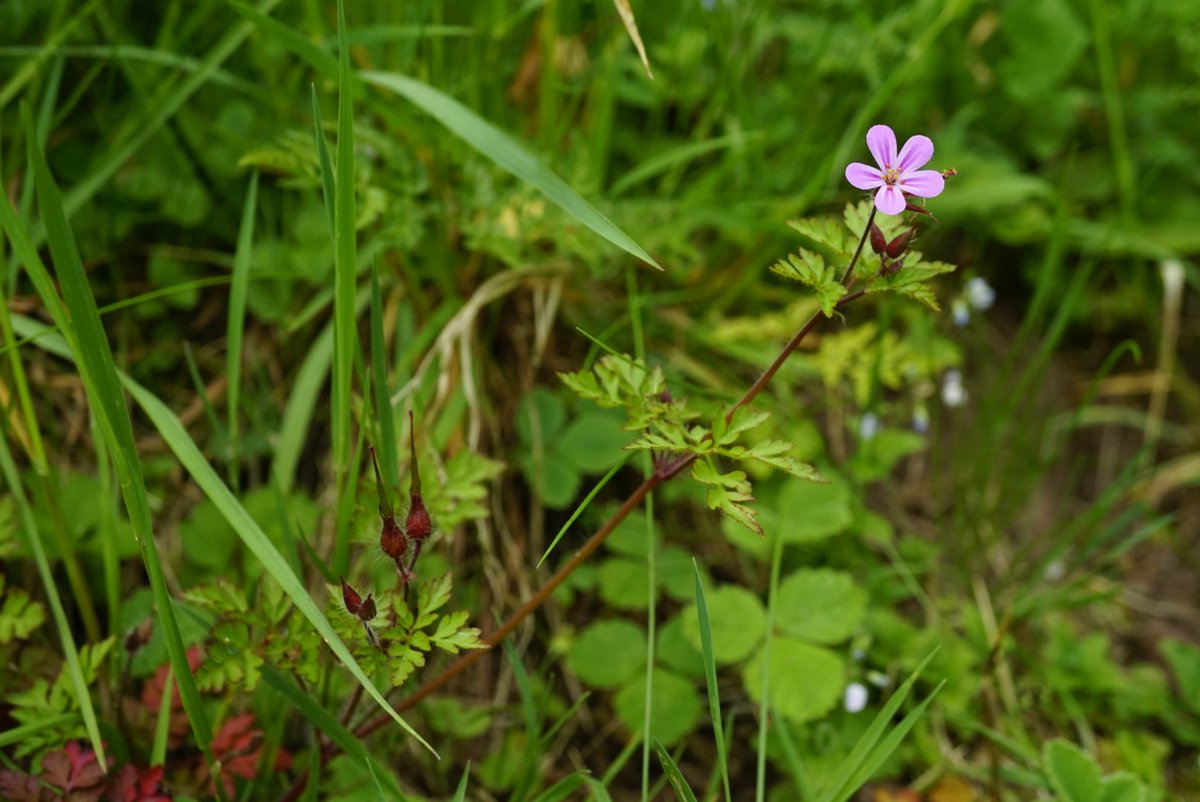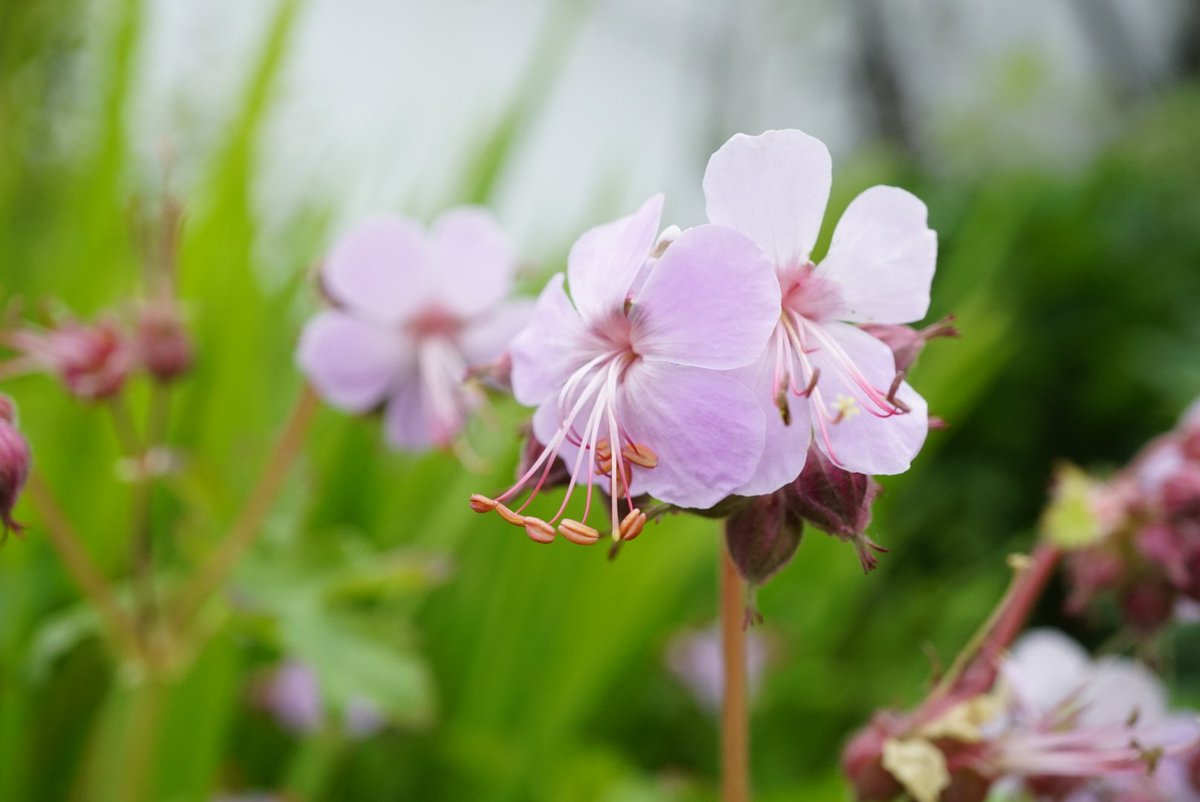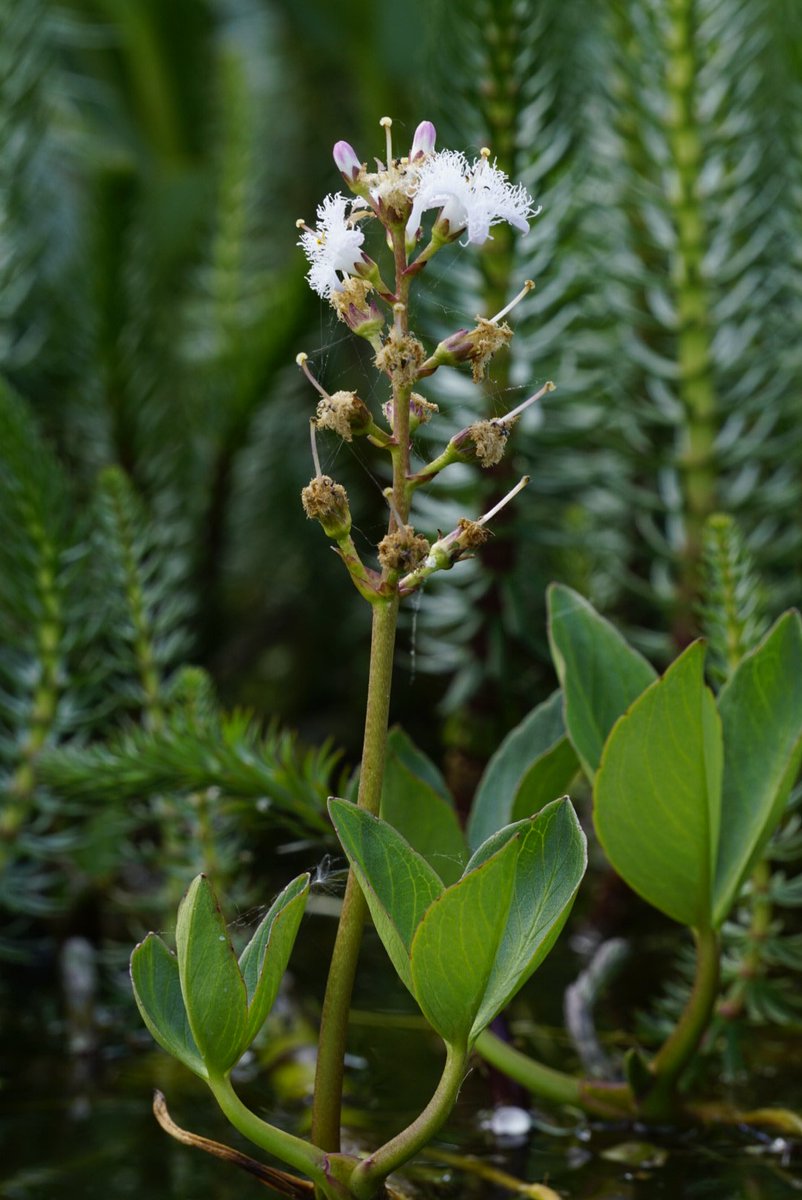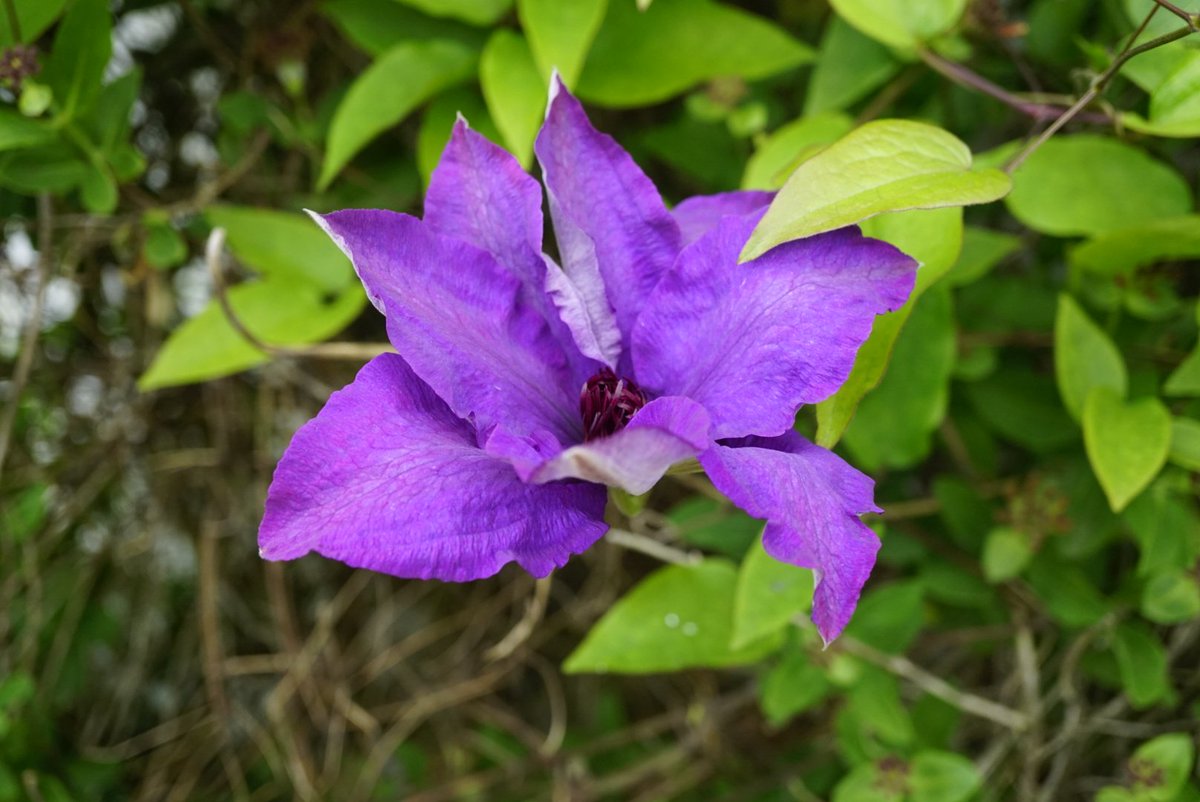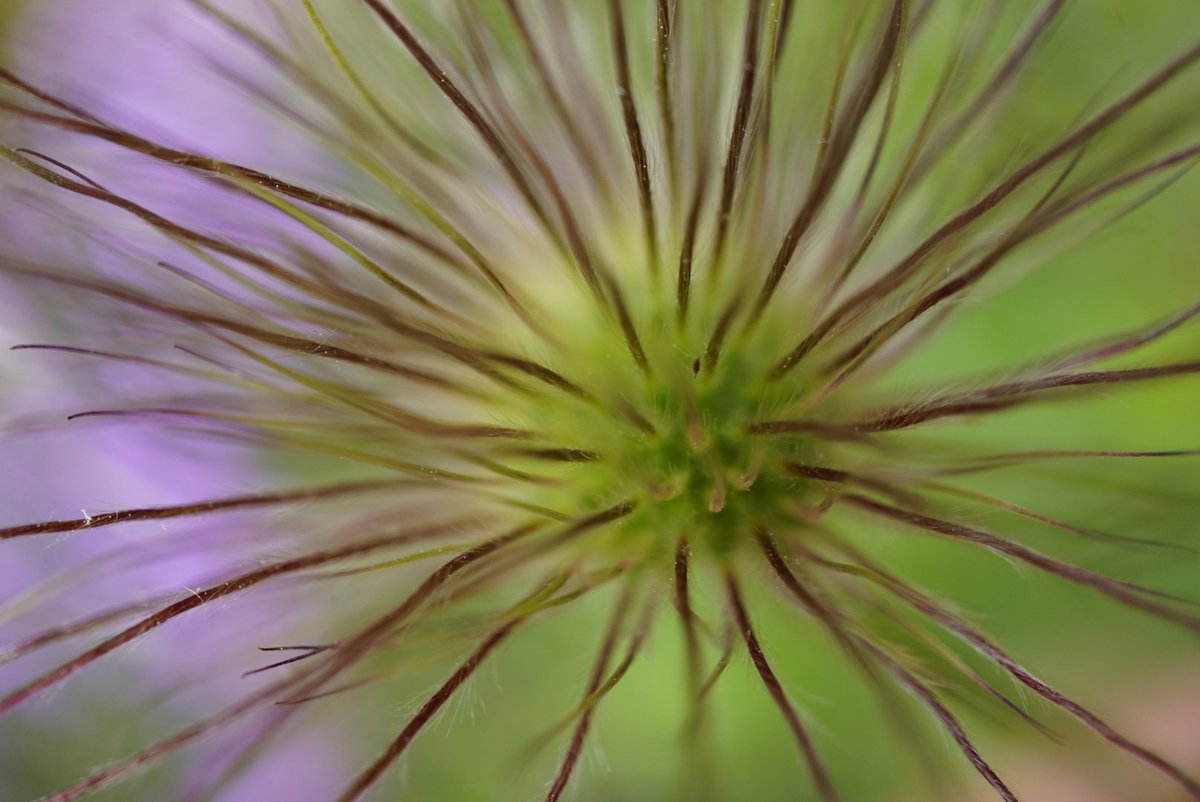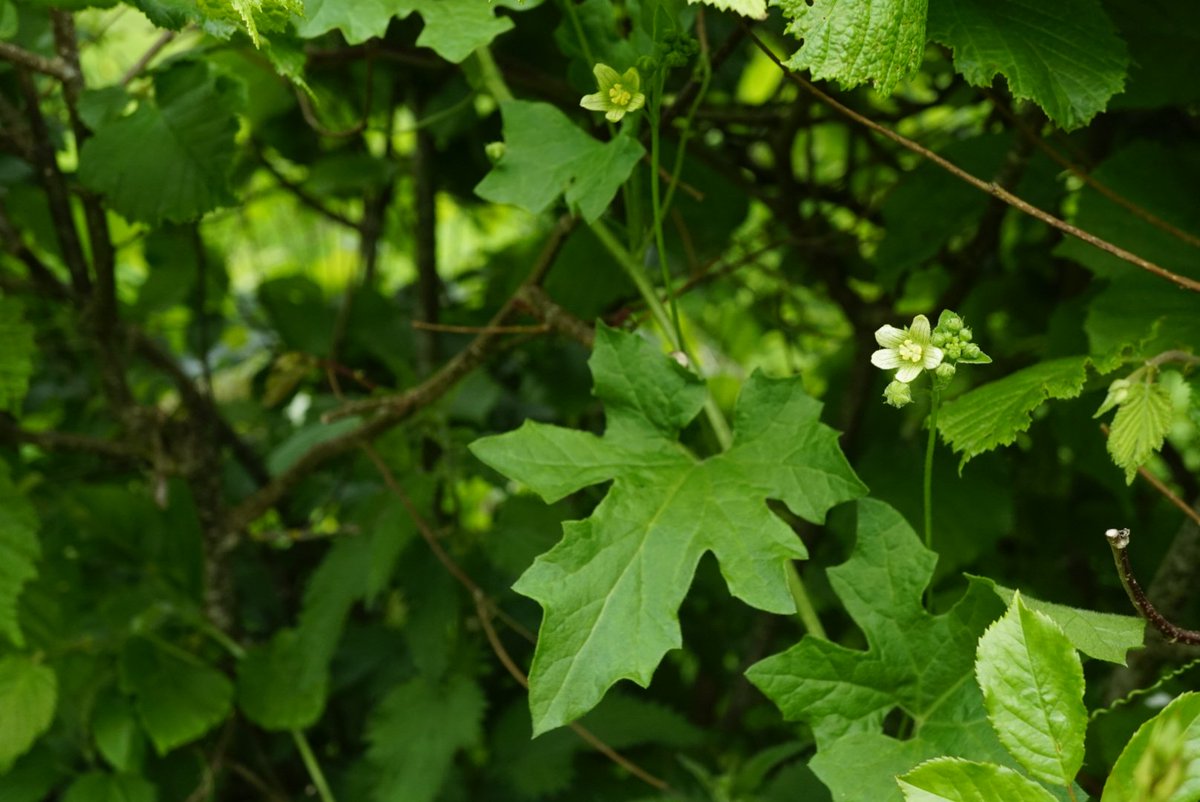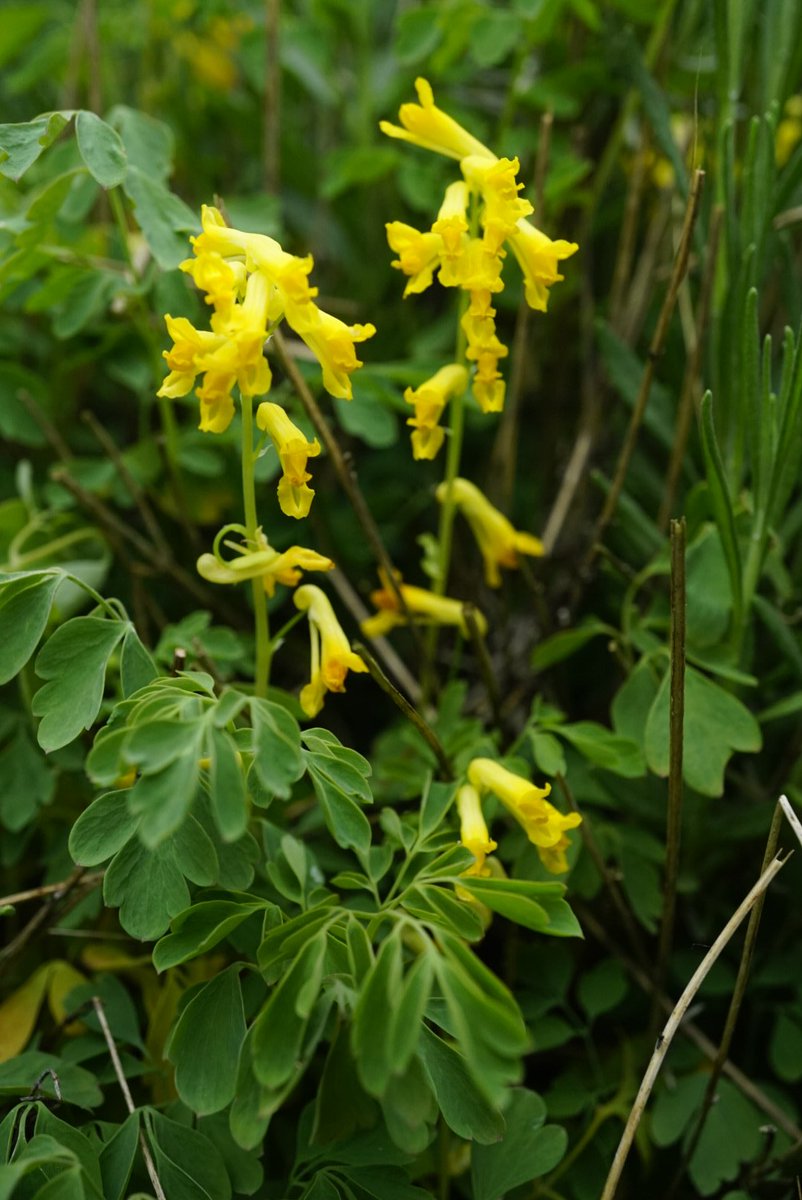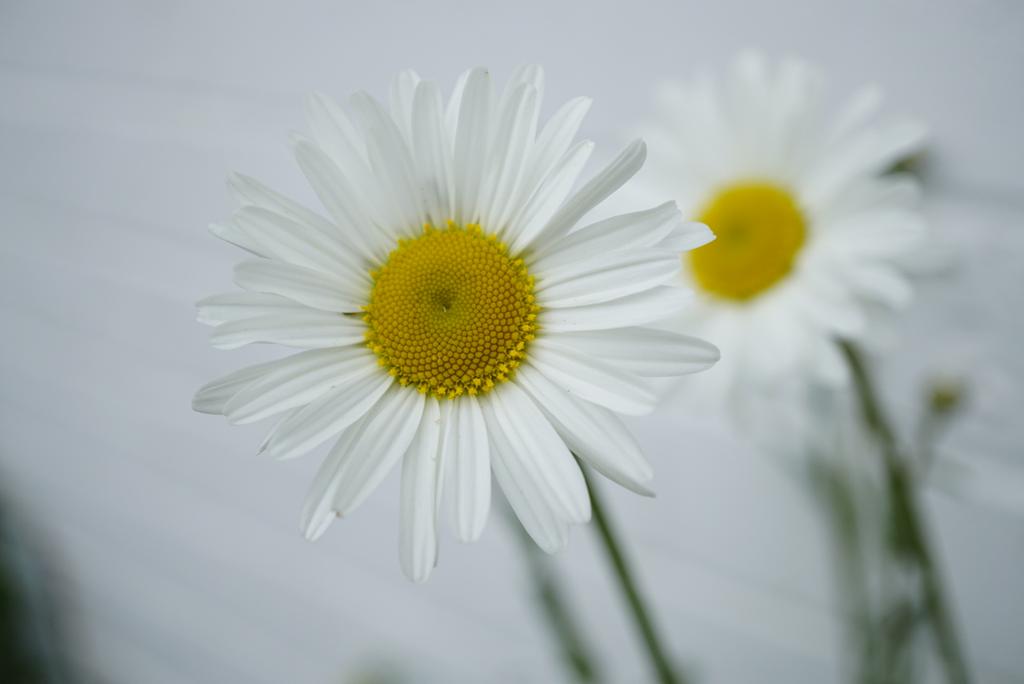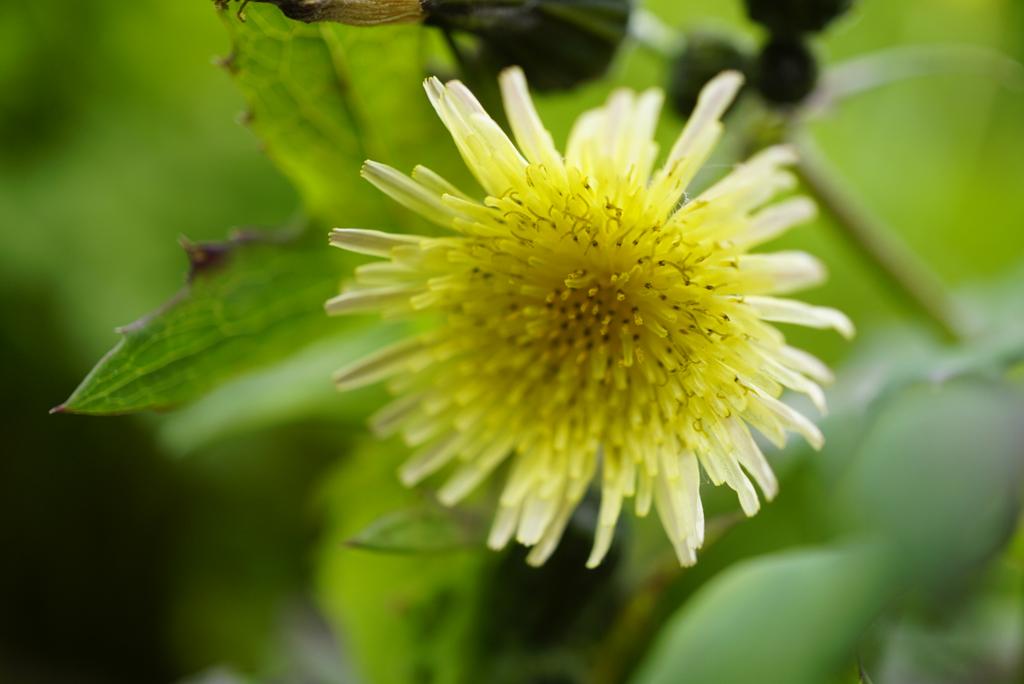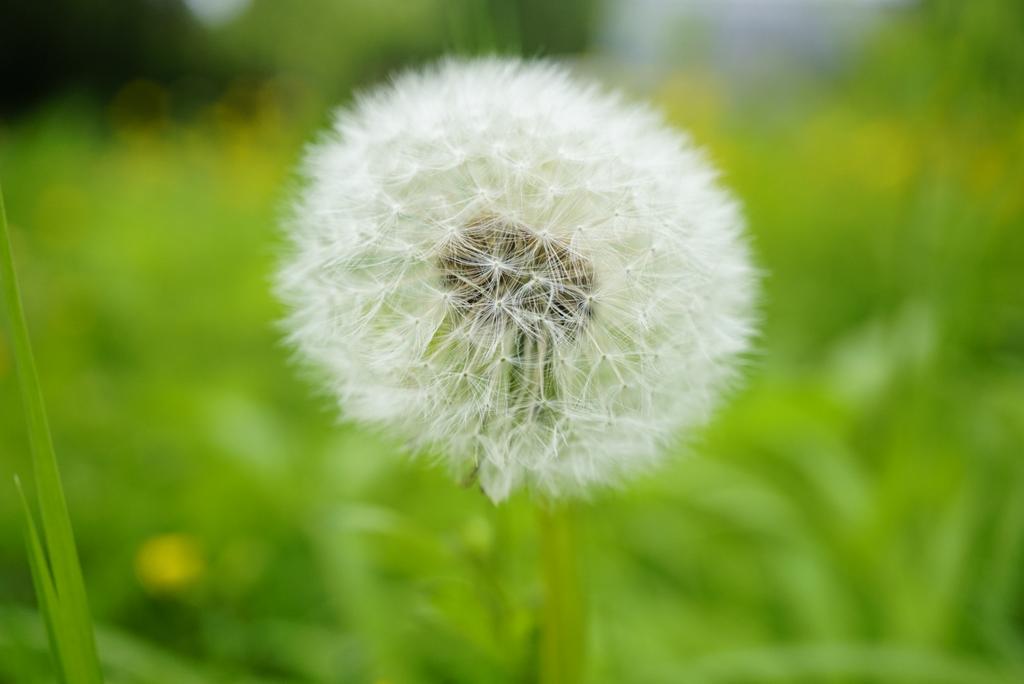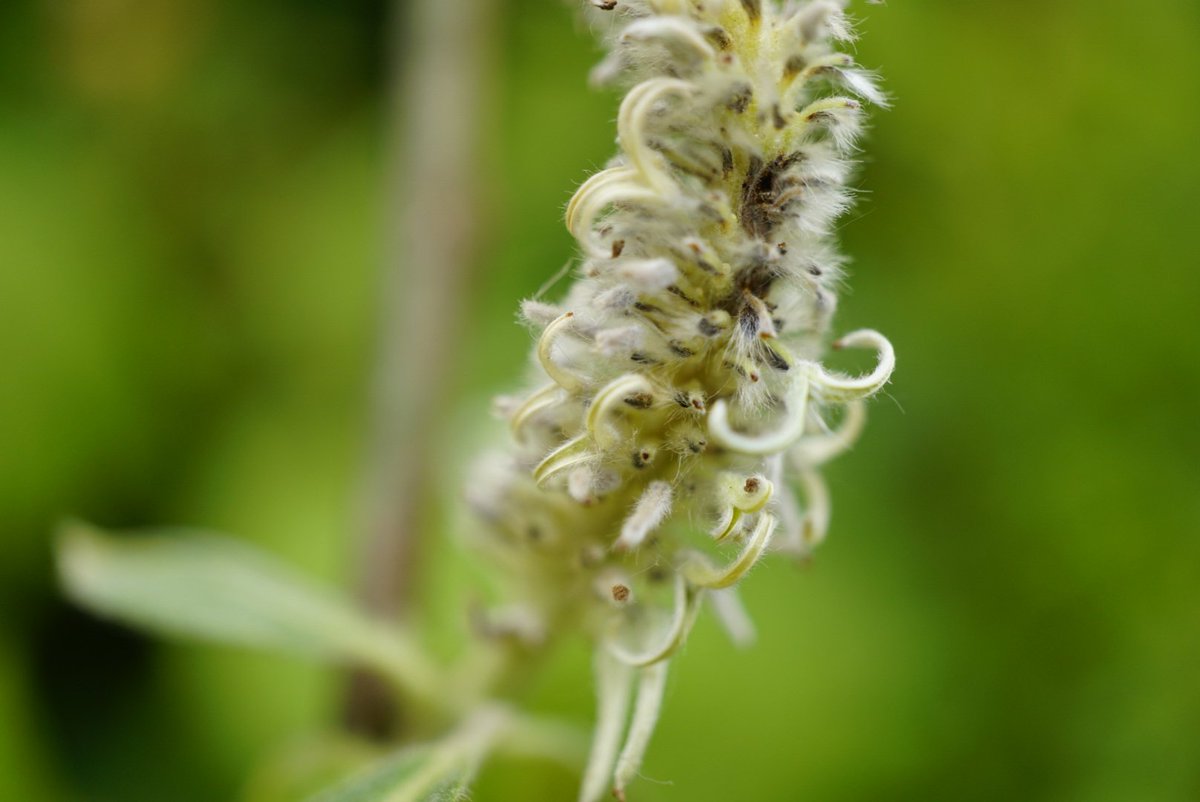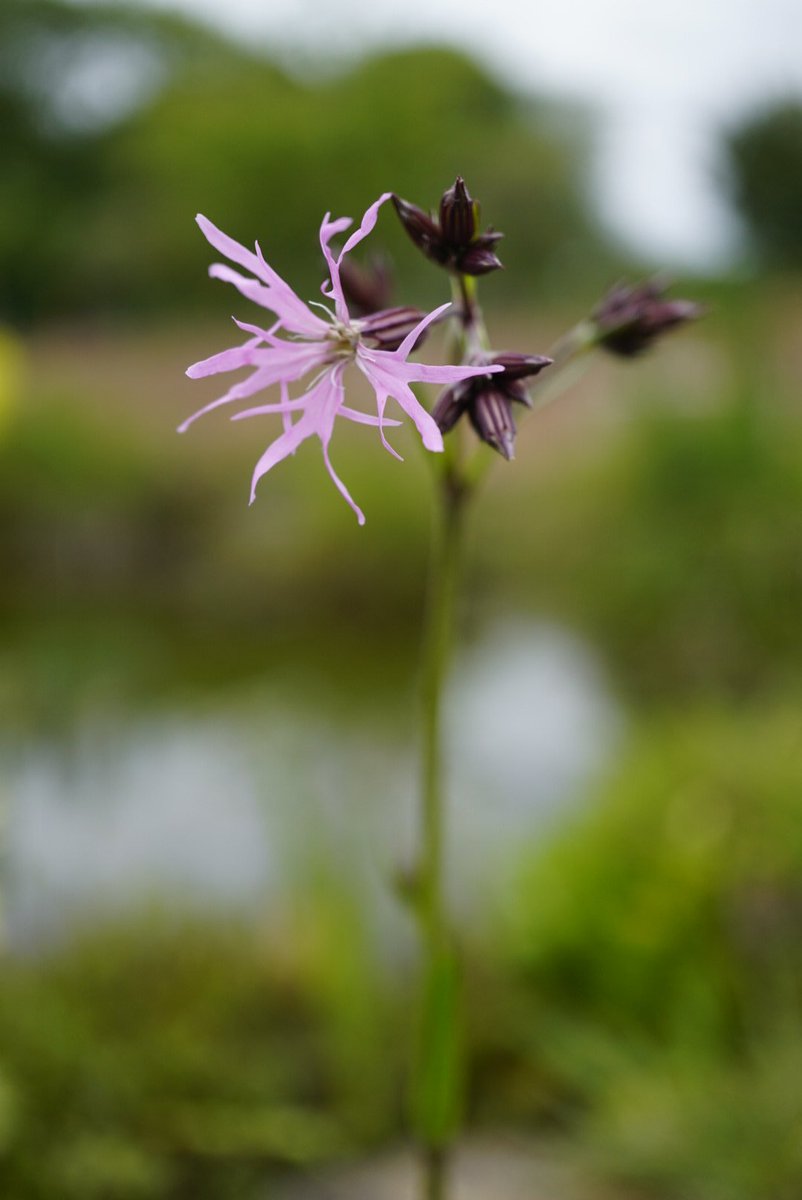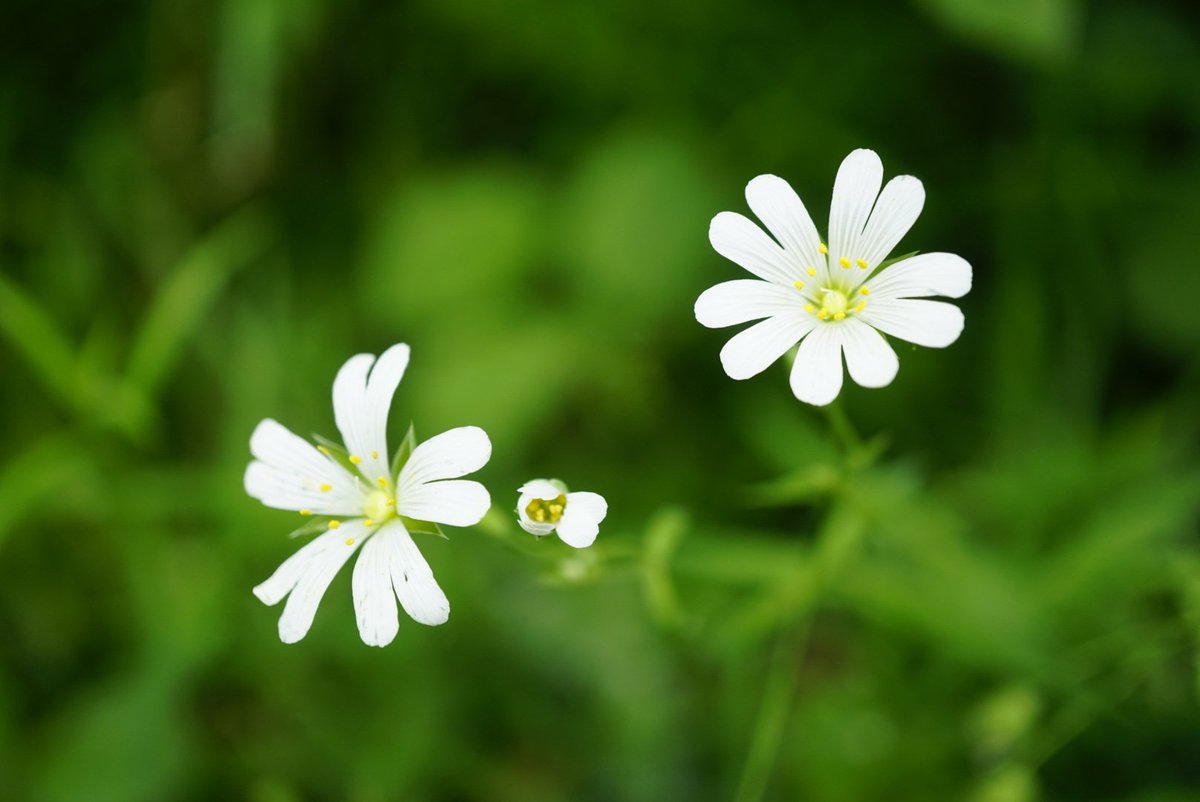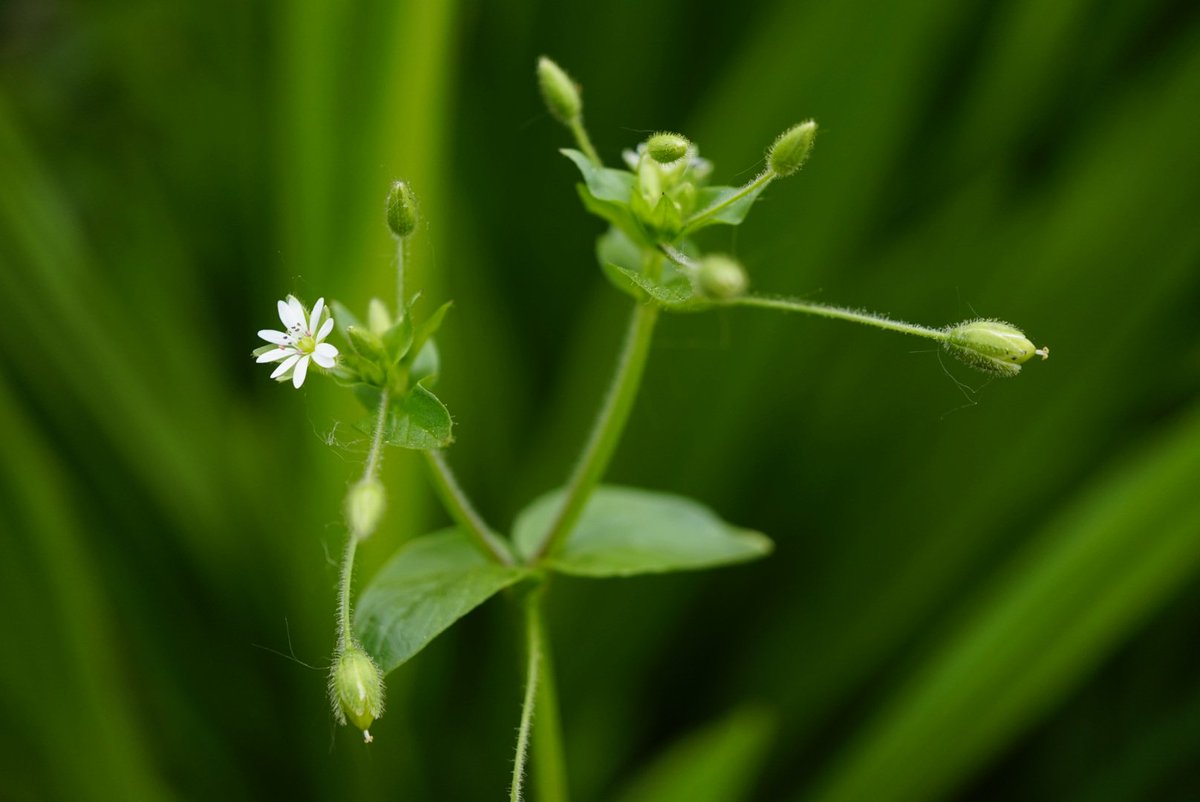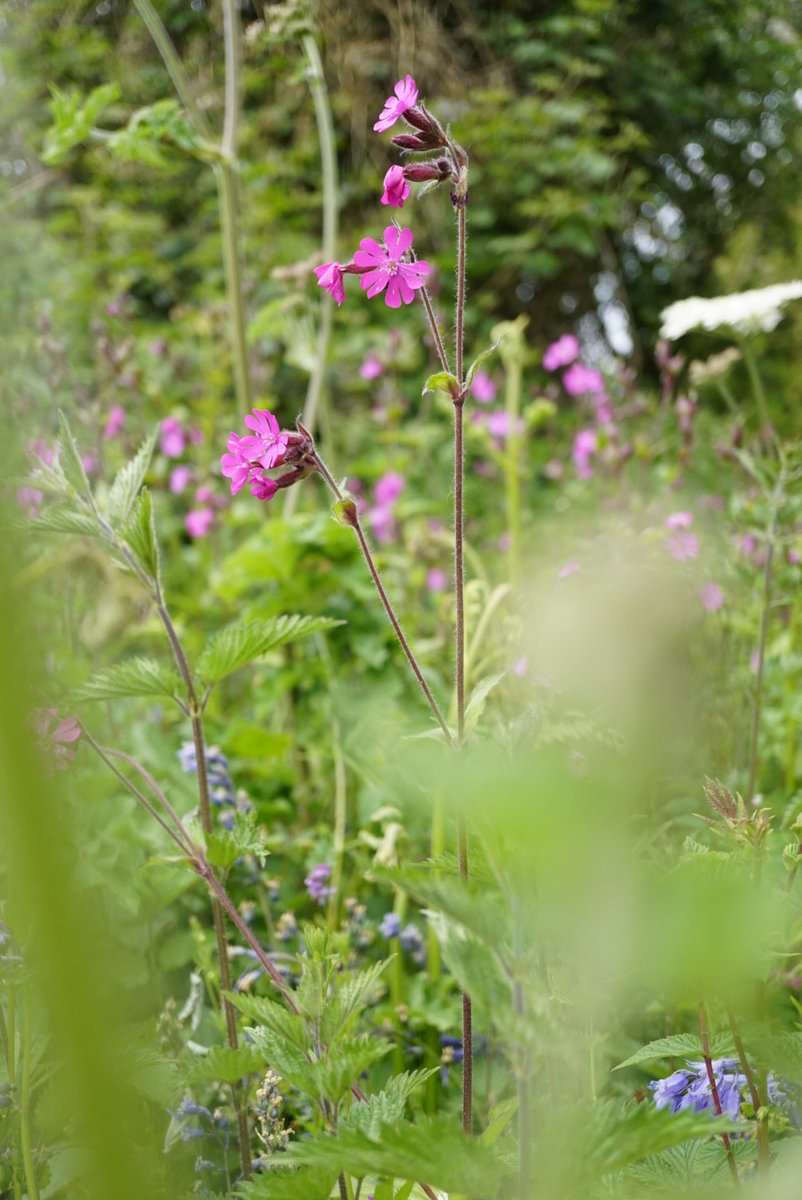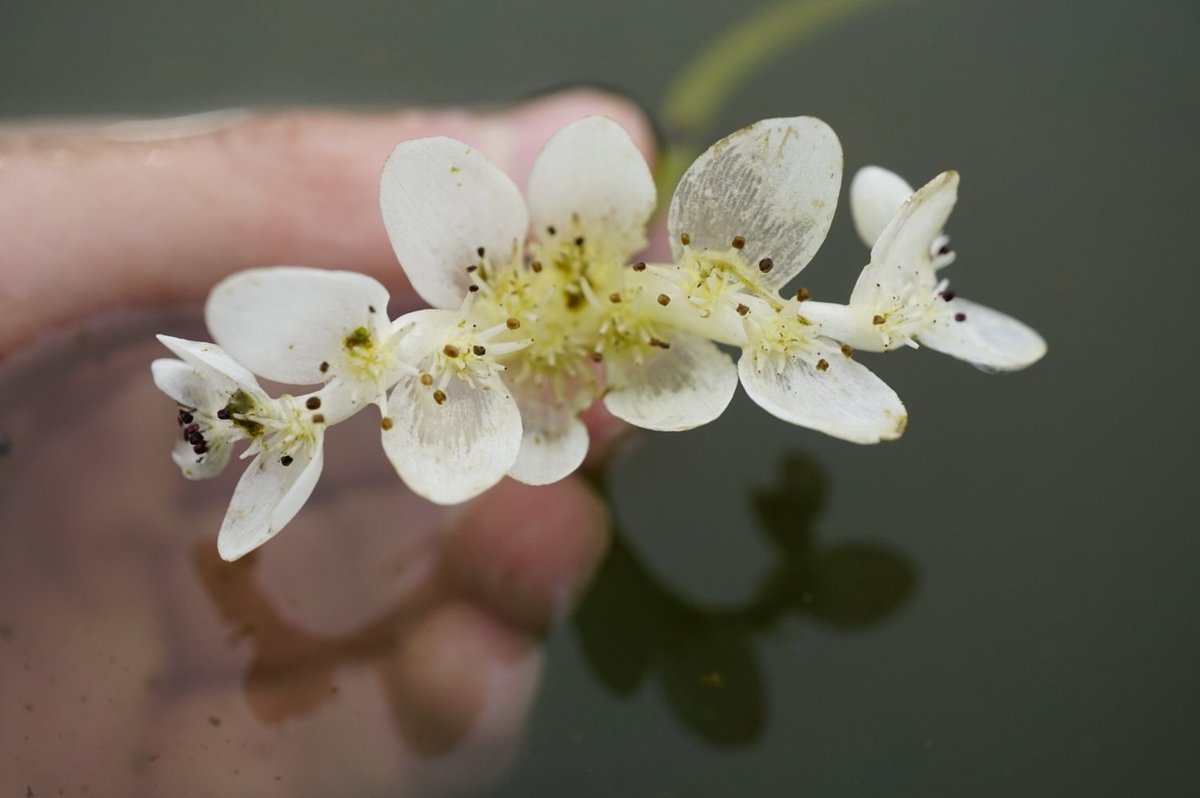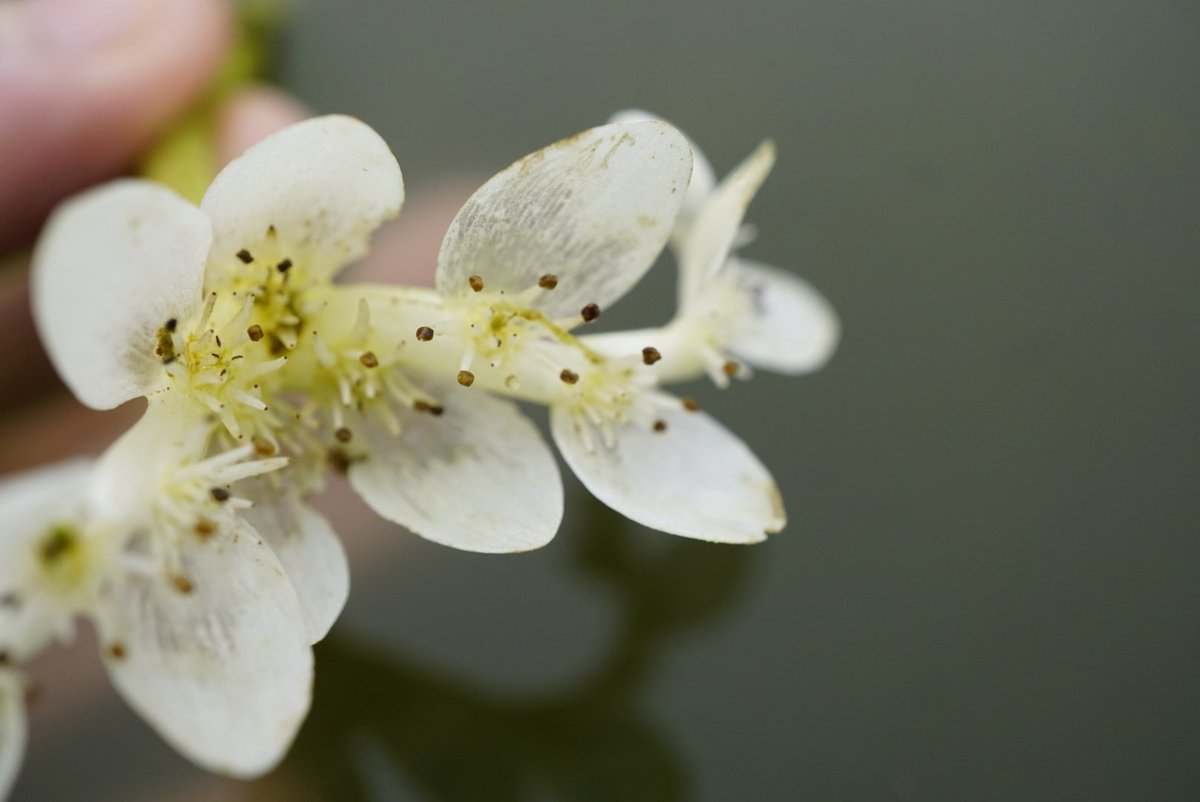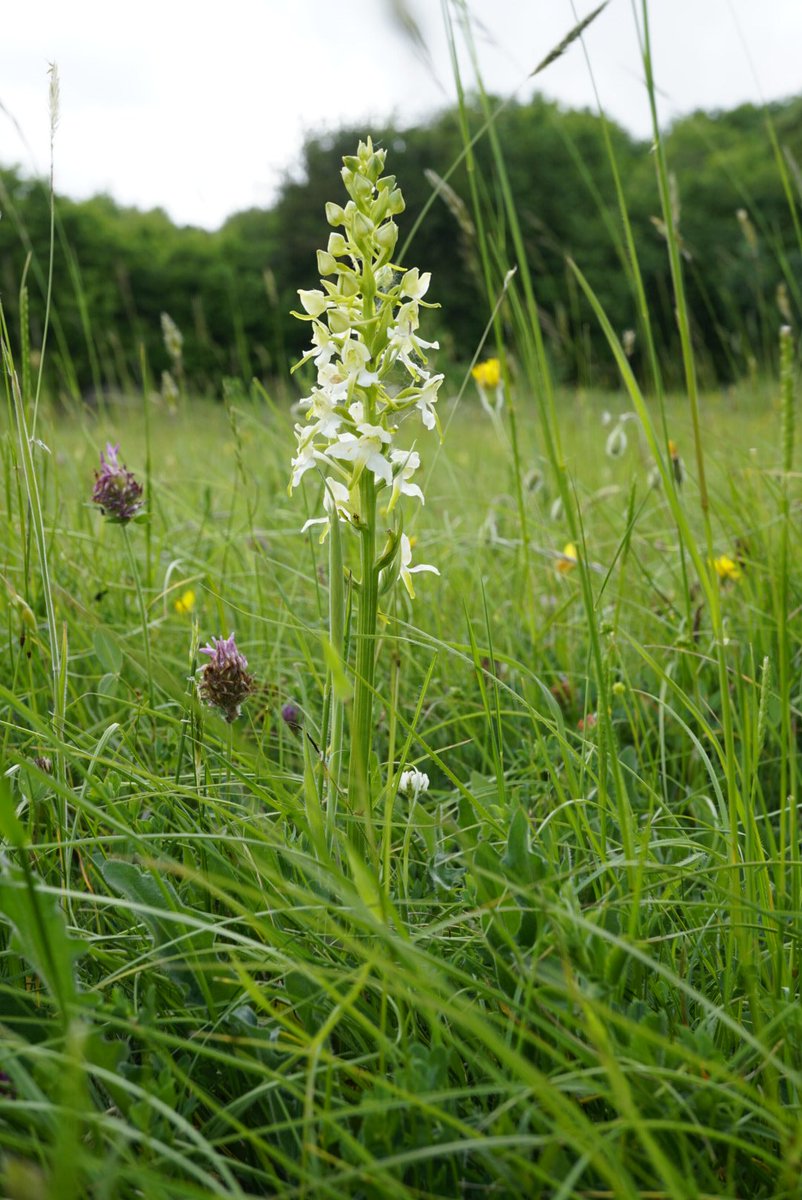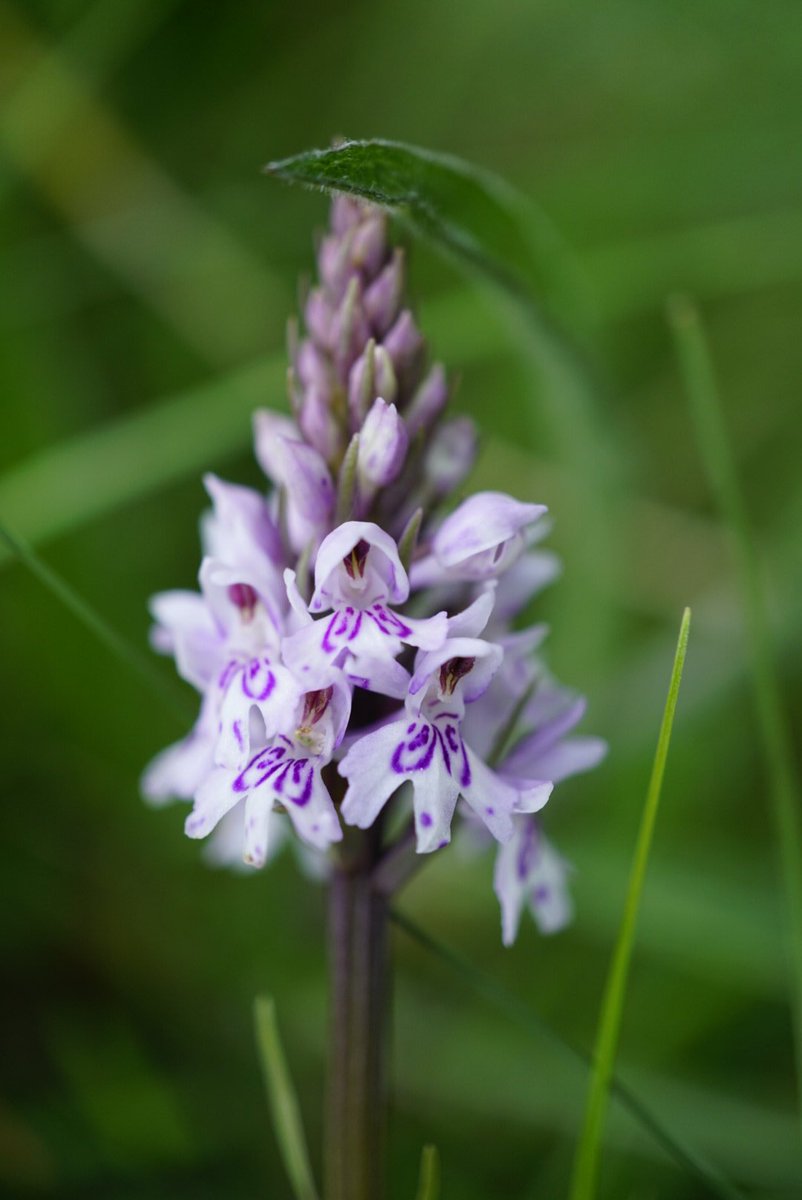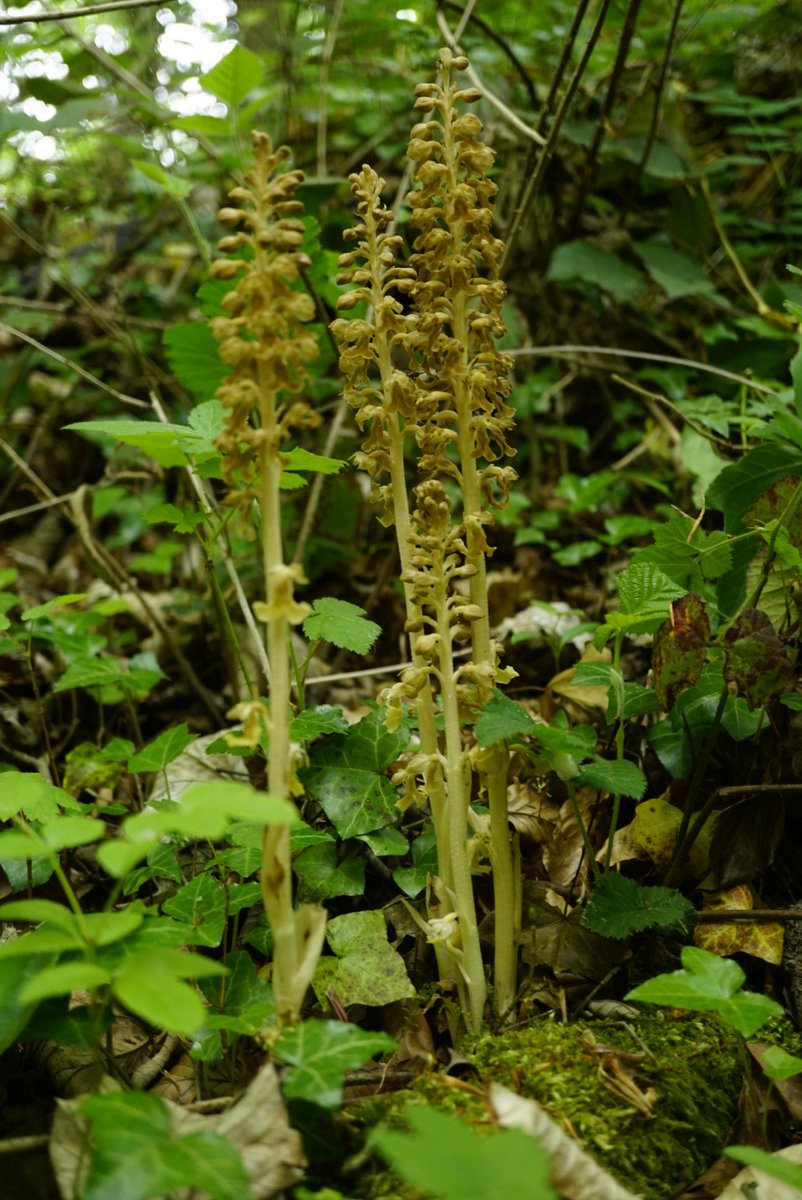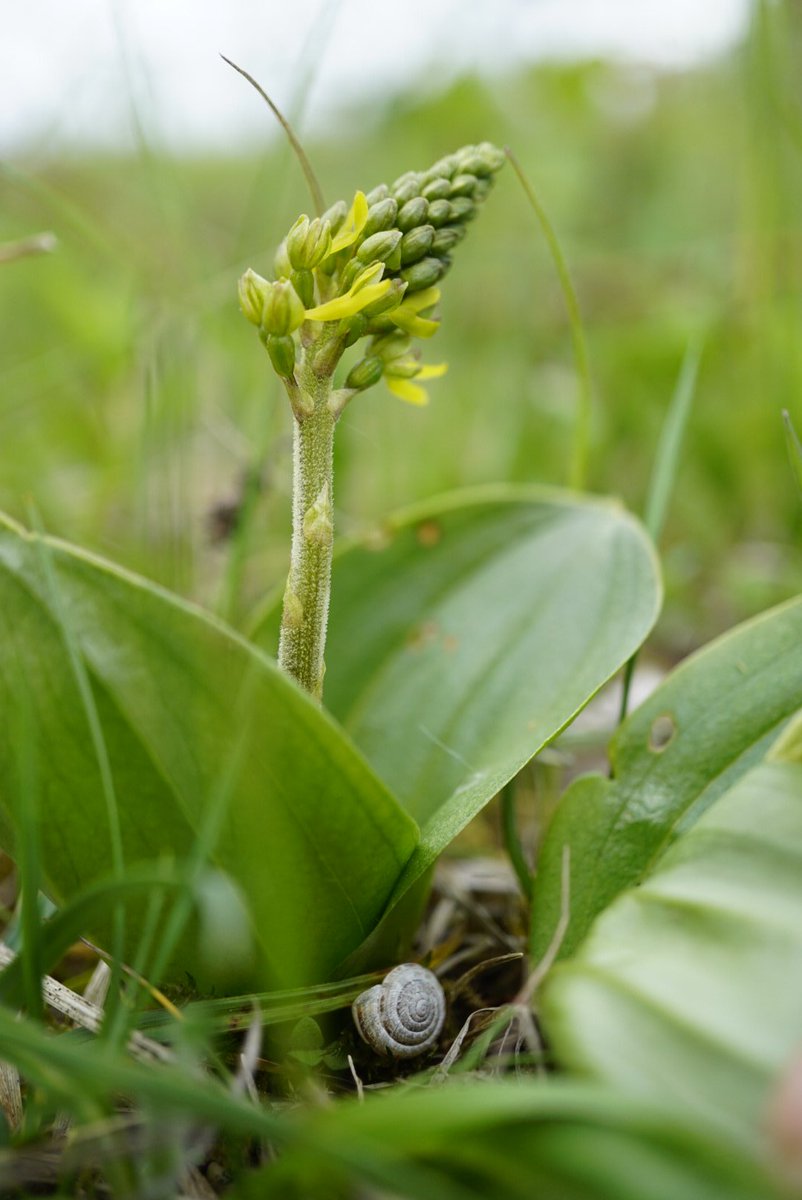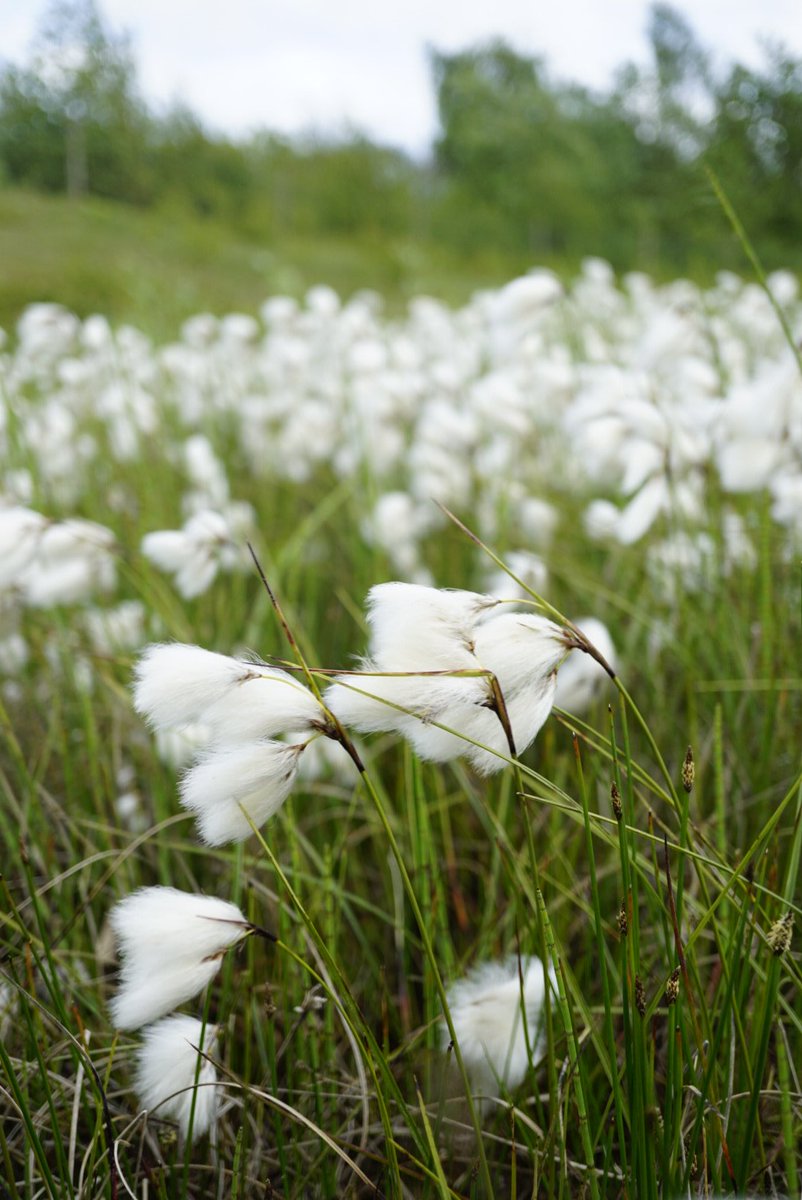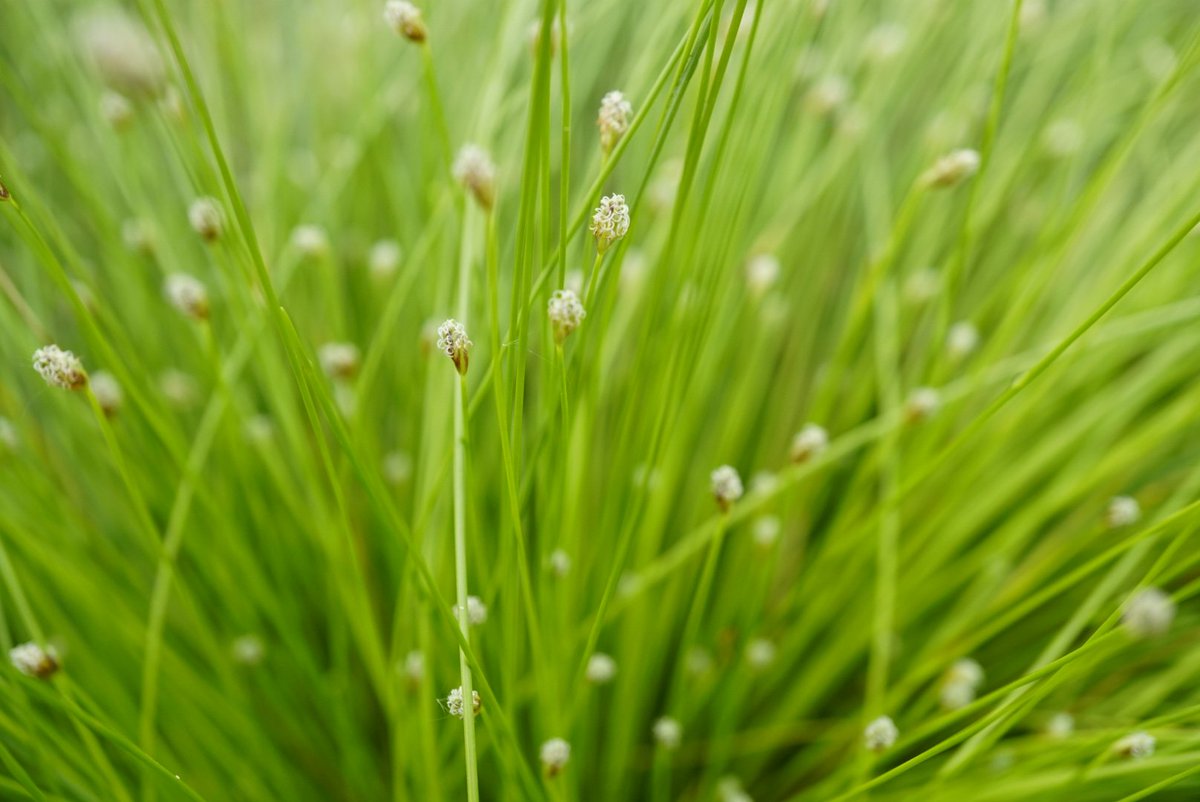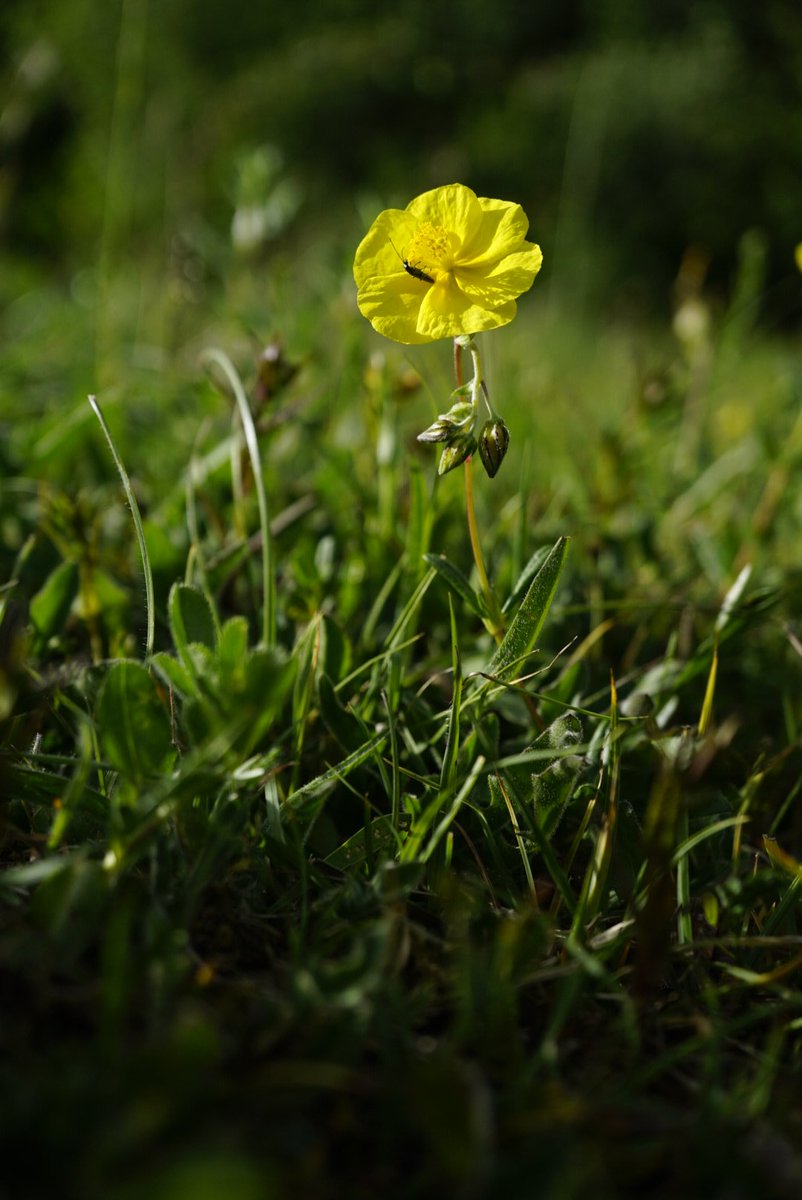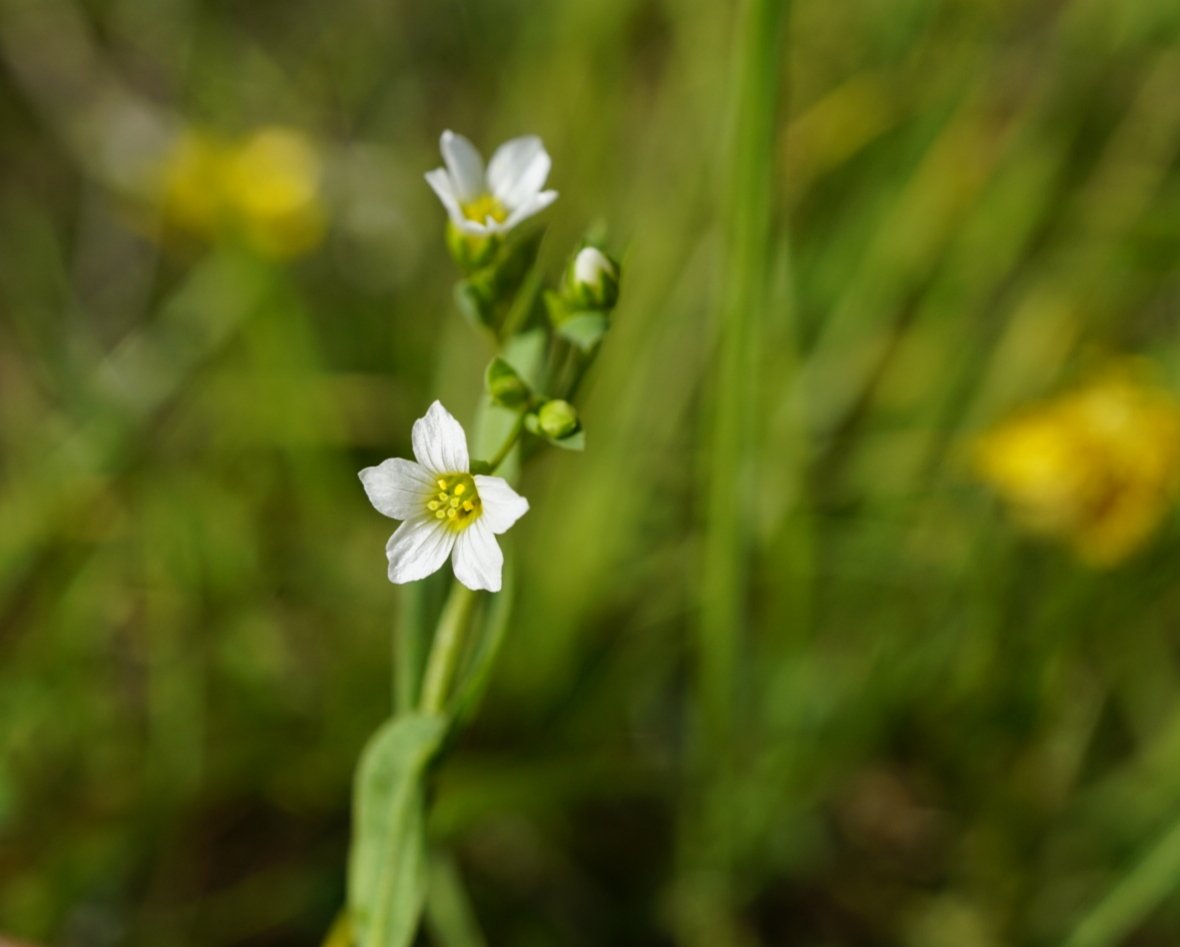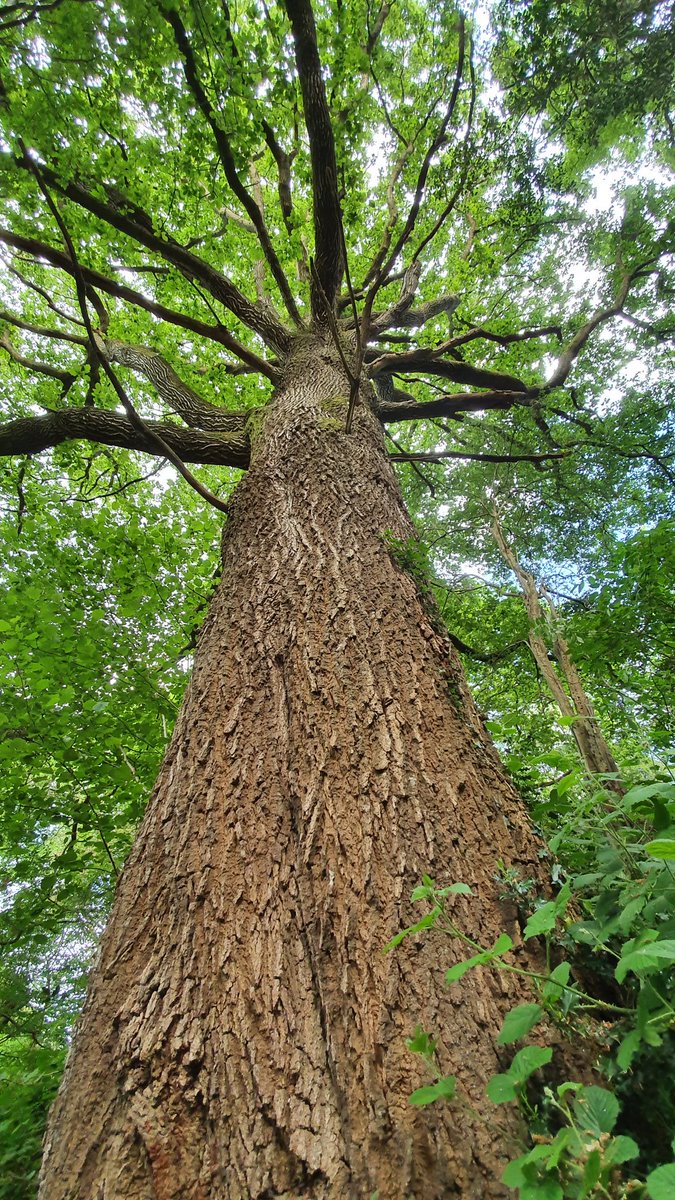I& #39;m missing fieldwork, so thought I& #39;d start a thread to see just how many plant families I can find in the garden and on some lockdown-complient wanders.
I& #39;ll start today. And keep adding to this as this all carries on.
I& #39;ll start today. And keep adding to this as this all carries on.
For context, there are 417 (ish) plant families, and many of them are only tropical. I think anything over 75 would be a great hall.
Family 1 is the pea family (Leguminosae/Fabaceae).
Most UK legumes are small herbs and shrubs, but our gardens have some trees and climbers.
Red Clover (Trifolium pratense), Wood Vetch (Vicia sylvatica), Laburnum, Wisteria
Most UK legumes are small herbs and shrubs, but our gardens have some trees and climbers.
Red Clover (Trifolium pratense), Wood Vetch (Vicia sylvatica), Laburnum, Wisteria
Family 2. The Honeysuckle family (Caprifoliaceae)
Honeysuckle and Twinflower are our UK natives, but we grow more in our gardens.
Honeysuckle (Lonicera) and Weigelia
Honeysuckle and Twinflower are our UK natives, but we grow more in our gardens.
Honeysuckle (Lonicera) and Weigelia
Family 3 is the hornworts (Ceratophyllaceae)
These are aquatic, flowering plants unrelated to the terrestrial hornworts.
Rigid hornwort (Ceratophyllum demersum)
These are aquatic, flowering plants unrelated to the terrestrial hornworts.
Rigid hornwort (Ceratophyllum demersum)
Family 4 is the Plantain family (Plantaginaceae)
They have wind and insect pollinated flowers, which look very different.
Rubwort Plantain (Plantago lanceolata), Ivy-Leaved Toadflax (Cymbalaria muralis), Germander and Thyme-Leaved Speedwell (Veronica chamaedrys & serpyllifolia)
They have wind and insect pollinated flowers, which look very different.
Rubwort Plantain (Plantago lanceolata), Ivy-Leaved Toadflax (Cymbalaria muralis), Germander and Thyme-Leaved Speedwell (Veronica chamaedrys & serpyllifolia)
Family 5 is the Borage family (Boraginaceae)
This family have rough hairs and white, blue or purple flowers held like a scorpion& #39;s tail.
Forget-me-not (Myostis sp.), Comfrey (Symphytum), Lithodora diffusa, Green Alkanet (Pentaglottis sempervirens)
This family have rough hairs and white, blue or purple flowers held like a scorpion& #39;s tail.
Forget-me-not (Myostis sp.), Comfrey (Symphytum), Lithodora diffusa, Green Alkanet (Pentaglottis sempervirens)
Family 7 is the holly family (Aquifoliaceae)
We all know the red berries, but its inconspicuous white flowers are at their best now. The holly we know is just one of the around 500 species in its genus.
Holly (Ilex aquifolium)
We all know the red berries, but its inconspicuous white flowers are at their best now. The holly we know is just one of the around 500 species in its genus.
Holly (Ilex aquifolium)
Family 8 is the Rose family (Rosaceae)
Herbs, shrubs, climbers, trees, blousey flowers and tasty fruits. What& #39;s not to like.
Rose (Rosa), Hawthorn (Crataegus monogyna), Salad Burnet (Sanguisorba minor), Wild Strawberry (Fragaria vesca)
Herbs, shrubs, climbers, trees, blousey flowers and tasty fruits. What& #39;s not to like.
Rose (Rosa), Hawthorn (Crataegus monogyna), Salad Burnet (Sanguisorba minor), Wild Strawberry (Fragaria vesca)
Family 9 is the broomrape family (Orobanchaceae)
Most of this family are fully or semi-parasitic, taking their nutrients from other plant& #39;s roots.
Yellow Rattle (Rhinanthus minor)
Most of this family are fully or semi-parasitic, taking their nutrients from other plant& #39;s roots.
Yellow Rattle (Rhinanthus minor)
Family 10 is the Dioscoreaceae
This is our first Monocot family. Almost all are tropical climbing herbs with separate male and female flowers.
Black Bryony (Tamus communis)
This is our first Monocot family. Almost all are tropical climbing herbs with separate male and female flowers.
Black Bryony (Tamus communis)
Family 11 is the Cranesbill family (Geraniaceae)
There are >800 species in the family, and most have dissected, smelly leaves.
Herb Robert (Geranium robertianum) and a cultivated Geranium
There are >800 species in the family, and most have dissected, smelly leaves.
Herb Robert (Geranium robertianum) and a cultivated Geranium
Family 12 is the bogbean family (Menyanthaceae)
It& #39;s back to the pond for this family of wetland plants, which mostly have frilly petals.
Bogbean (Menyanthes trifoliata)
It& #39;s back to the pond for this family of wetland plants, which mostly have frilly petals.
Bogbean (Menyanthes trifoliata)
Family 13 is the Ranunculaceae
Lots of wild herbs here, and lots of cultivated herbs and climbers.
Creeping Buttercup (Ranunculus repens), Aquilegia, Clematis, Pasque Flower (Pulsatilla)
Lots of wild herbs here, and lots of cultivated herbs and climbers.
Creeping Buttercup (Ranunculus repens), Aquilegia, Clematis, Pasque Flower (Pulsatilla)
Family 14 is the cucumber family (Cucurbitaceae)
This family are all vines with separate Male and Female flowers.
White Bryony (Bryonia dioica)
This family are all vines with separate Male and Female flowers.
White Bryony (Bryonia dioica)
Family 15 is the Poppy Family (Papaveraceae)
Welsh Poppy (Papaver cambriaca) and Yellow Corydalis (Pseudofumaria lutea)
Welsh Poppy (Papaver cambriaca) and Yellow Corydalis (Pseudofumaria lutea)
Family 16 is the daisy family (Asteraceae)
The "flowers" of this family are hundreds of tiny flowers jammed together to look like one big flower.
Oxeye Daisy (Leucanthemum vulgare), Groundsel (Senecio vulgaris), Daisy (Bellis perennis), Dandelion (Taraxacum officinale)
The "flowers" of this family are hundreds of tiny flowers jammed together to look like one big flower.
Oxeye Daisy (Leucanthemum vulgare), Groundsel (Senecio vulgaris), Daisy (Bellis perennis), Dandelion (Taraxacum officinale)
Family 17 is the willow family (Salicaceae)
Fluffy leaves and catkins are the order or the day. These catkins are female, just starting to fruit.
Goat Willow/Great Sallow (Salix caprea)
Fluffy leaves and catkins are the order or the day. These catkins are female, just starting to fruit.
Goat Willow/Great Sallow (Salix caprea)
Family 18 is the pink family (Caryophyllaceae)
Small herbs with opposite leaves and (usually) 5 white or pink notched petals.
Ragged Robin (Lychnis flos-cuculi), Greater Stitchwort (Stellaria holostea), Common Chickweed (S. media), Red Campion (Silene dioica)
Small herbs with opposite leaves and (usually) 5 white or pink notched petals.
Ragged Robin (Lychnis flos-cuculi), Greater Stitchwort (Stellaria holostea), Common Chickweed (S. media), Red Campion (Silene dioica)
Family 19 is the dogwood family (Cornaceae)
Hedgerow shrubs and weeds with opposite leaves and flowers in umbles.
Dogwood (Cornus sanguinea)
Hedgerow shrubs and weeds with opposite leaves and flowers in umbles.
Dogwood (Cornus sanguinea)
Family 20 is the Primrose family (Primulaceae)
Some real spring favourites mixed with more obscure aquatic herbs.
Cowslip (Primula veris) and Tufted Loosestrife (Lysimachia vulgaris)
Some real spring favourites mixed with more obscure aquatic herbs.
Cowslip (Primula veris) and Tufted Loosestrife (Lysimachia vulgaris)
Family 21 is the Cape Pondweed family (Aponogetonaceae)
All members of this family are aquatic, and these flowers seem to be pollinated by diving beetles!
Water Hawthorn (Aponogeton distachyos)
All members of this family are aquatic, and these flowers seem to be pollinated by diving beetles!
Water Hawthorn (Aponogeton distachyos)
Family 22 is the Orchid family (Orchidaceae)
Very happy with some rare finds today!
Butterfly (Platanthera chlorantha), Common Spotted (Dactylorhiza fuschij), Birdsnest Orchid (Neottia nidus-avis), and Common Twayblade (Listera ovara)
Very happy with some rare finds today!
Butterfly (Platanthera chlorantha), Common Spotted (Dactylorhiza fuschij), Birdsnest Orchid (Neottia nidus-avis), and Common Twayblade (Listera ovara)
Family 23 is the sedge family (Cyperaceae)
These are one of the graminoid or grass-like families, but have stems with triangular cross sections.
Cotton Grass (Eriophorum angustifolium), Fibre Optic Plant/Cotton Bud Grass (Scirpus cernuus), Pendulous Sedge (Carex pendula)
These are one of the graminoid or grass-like families, but have stems with triangular cross sections.
Cotton Grass (Eriophorum angustifolium), Fibre Optic Plant/Cotton Bud Grass (Scirpus cernuus), Pendulous Sedge (Carex pendula)
Family 24 is the Rock Rose Family (Cistaceae)
This family are only distantly related to the true roses, and usually have delicate, tissue paper-thin petals.
Common Rock Rose (Helianthemum nummularium)
This family are only distantly related to the true roses, and usually have delicate, tissue paper-thin petals.
Common Rock Rose (Helianthemum nummularium)
Family 25 is the Ice Plant family (Aizoaceae)
None of these are native to the UK, and most are found in Southern Africa.
Yellow Ice Plant (Delosperma nubigenum)
None of these are native to the UK, and most are found in Southern Africa.
Yellow Ice Plant (Delosperma nubigenum)
Family 26 is the Flax Family (Linaceae)
This is a nice find, as it only lives on undisturbed grasslands. It used to be used as a laxative, hence its name.
Linum catharticum (Purging Flax)
This is a nice find, as it only lives on undisturbed grasslands. It used to be used as a laxative, hence its name.
Linum catharticum (Purging Flax)

 Read on Twitter
Read on Twitter